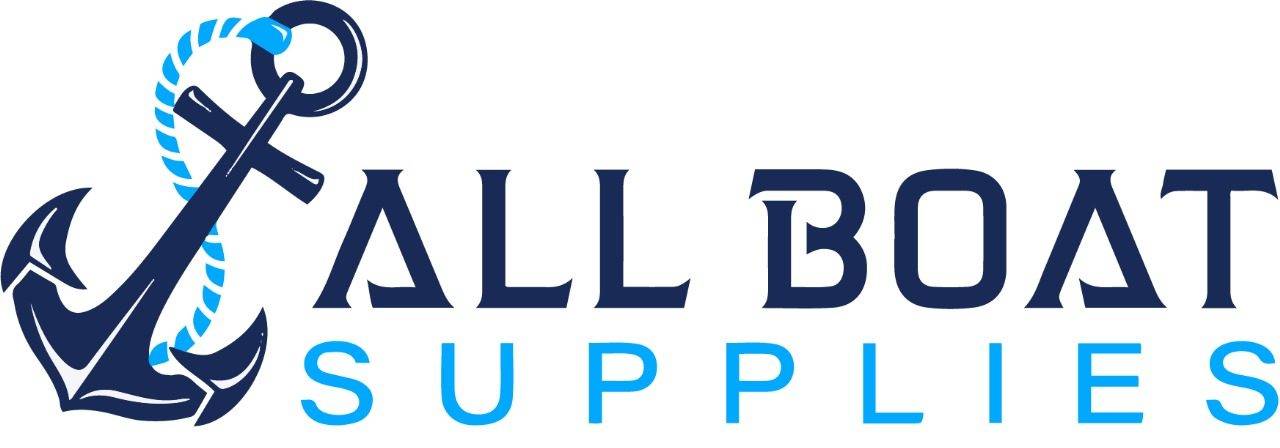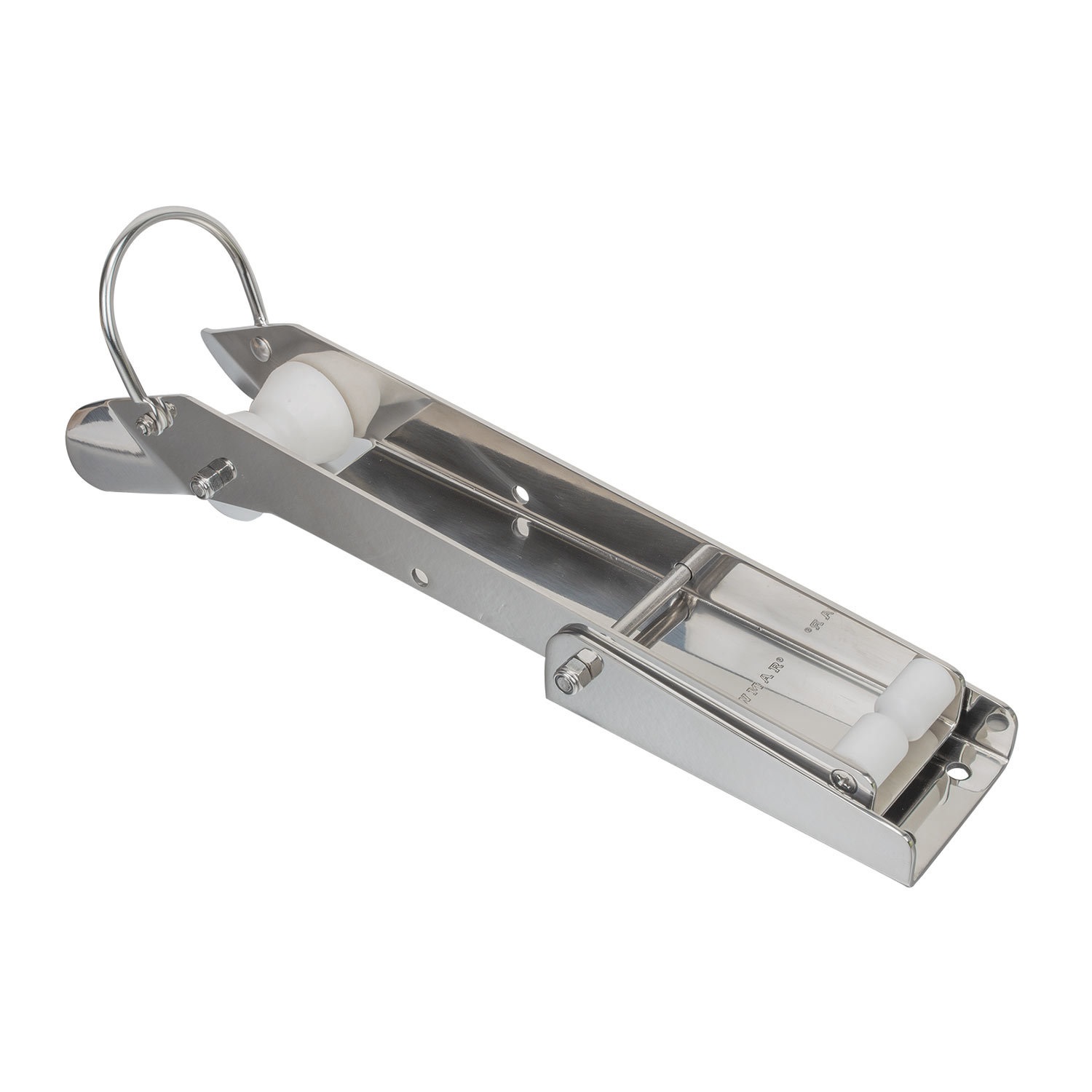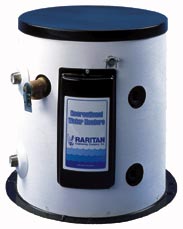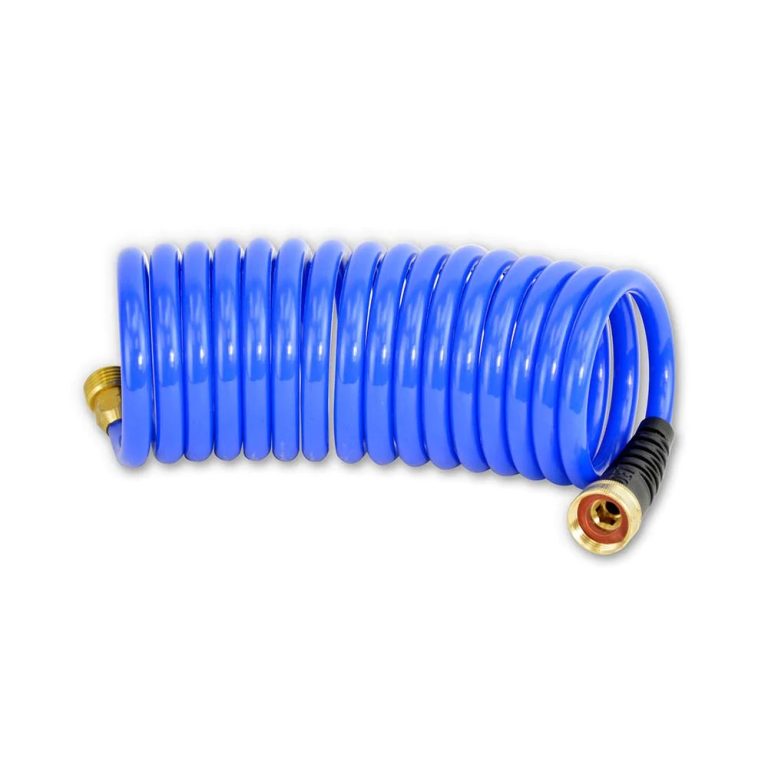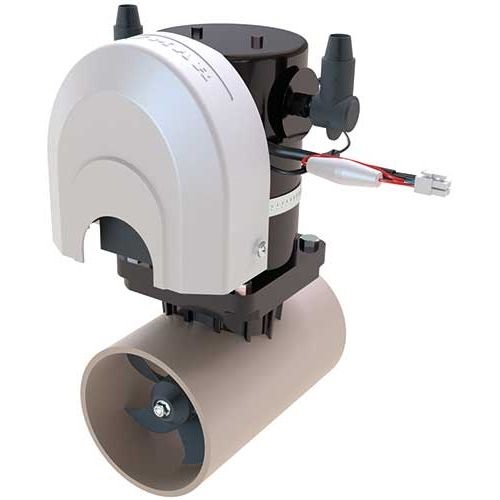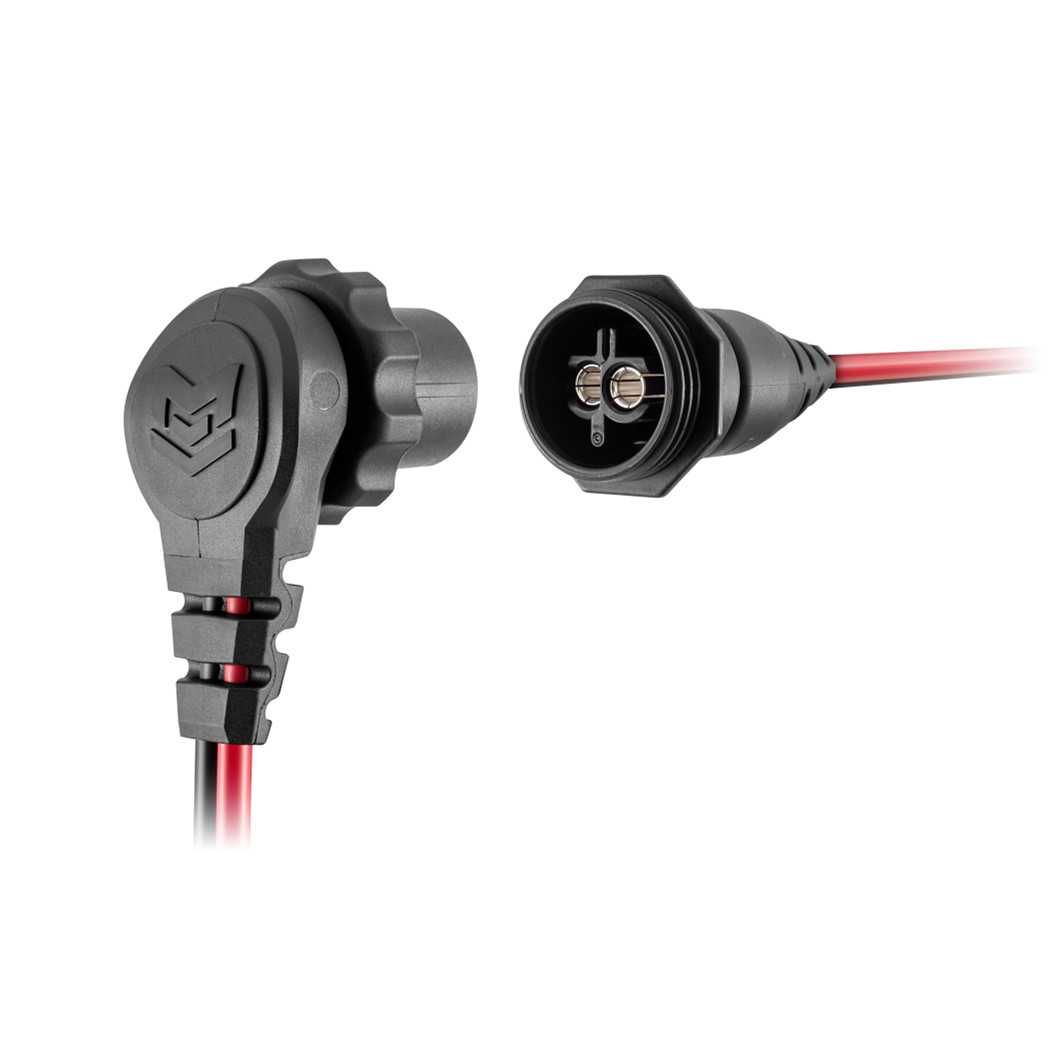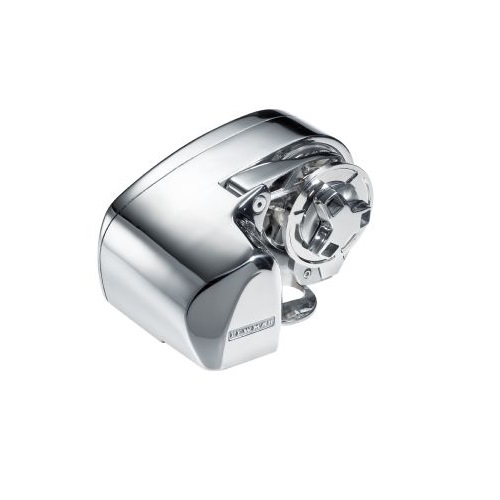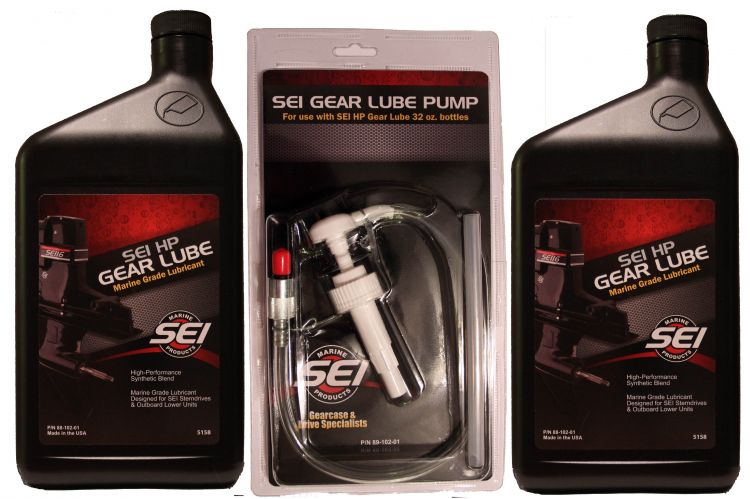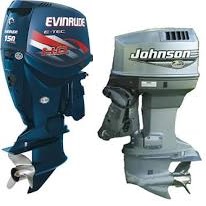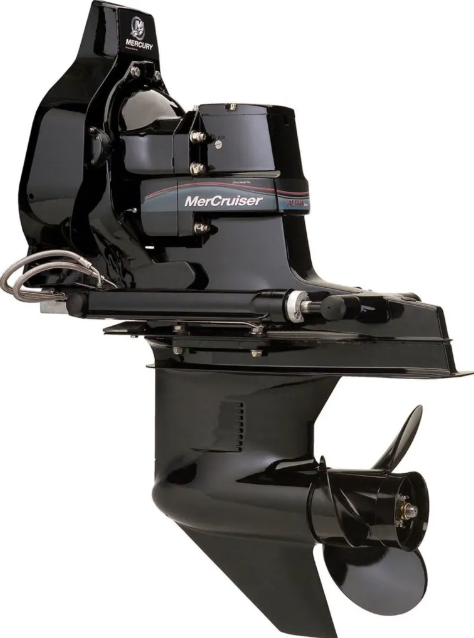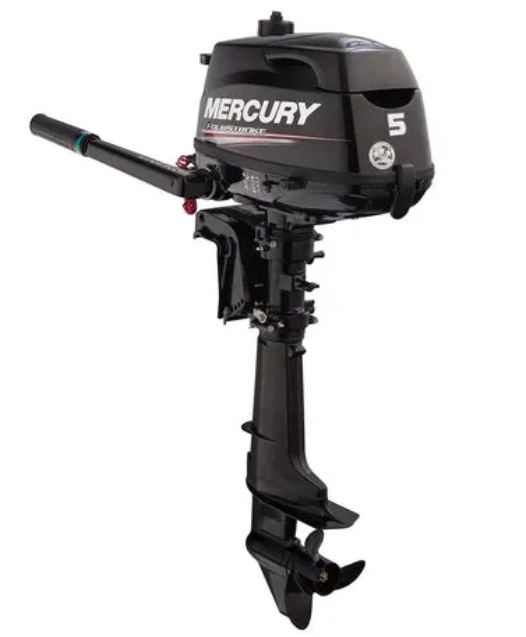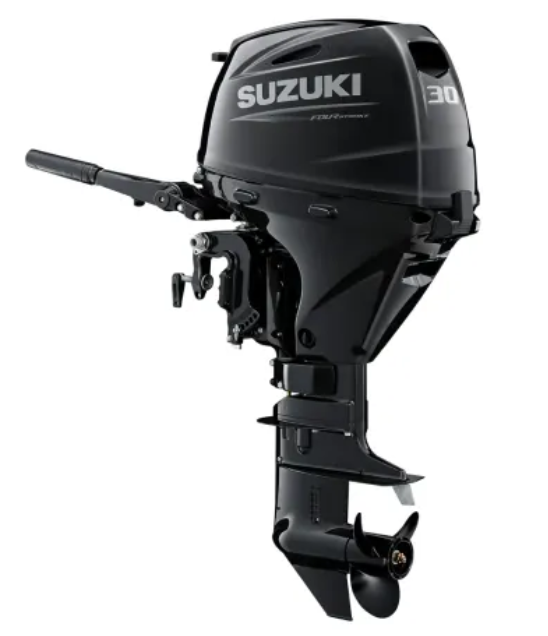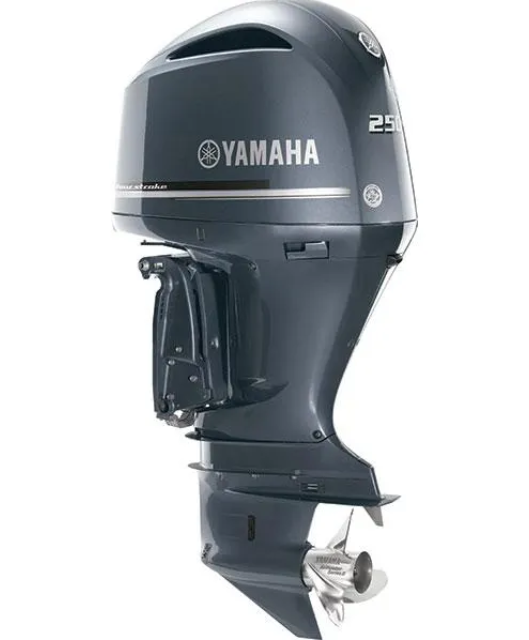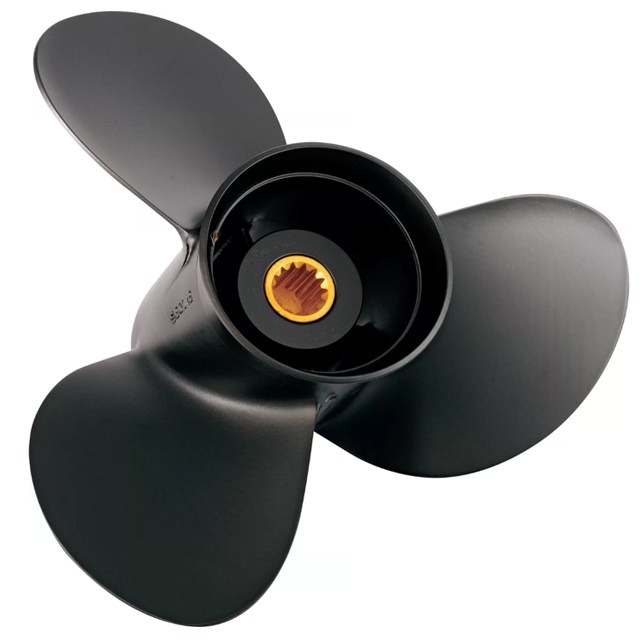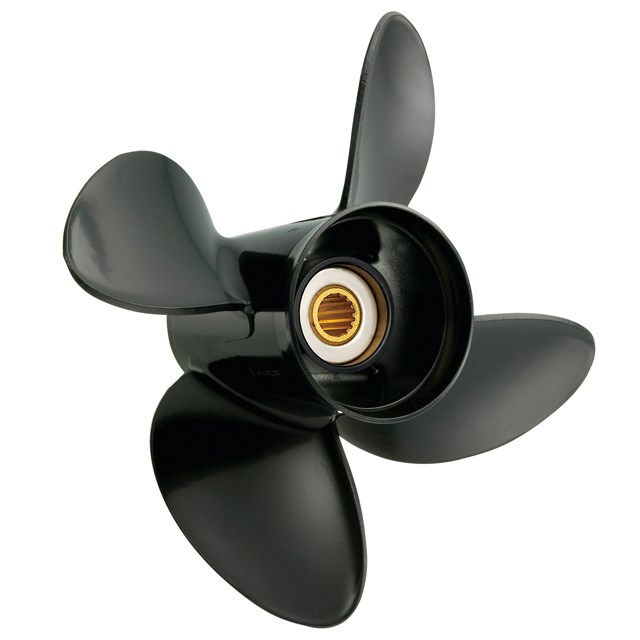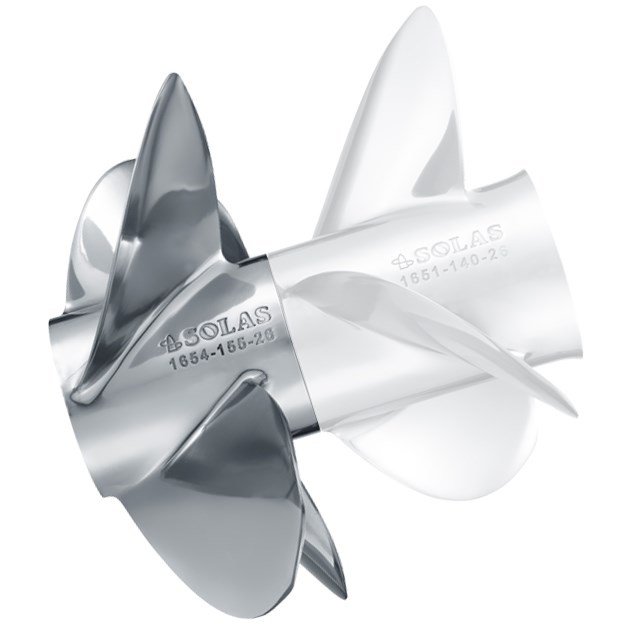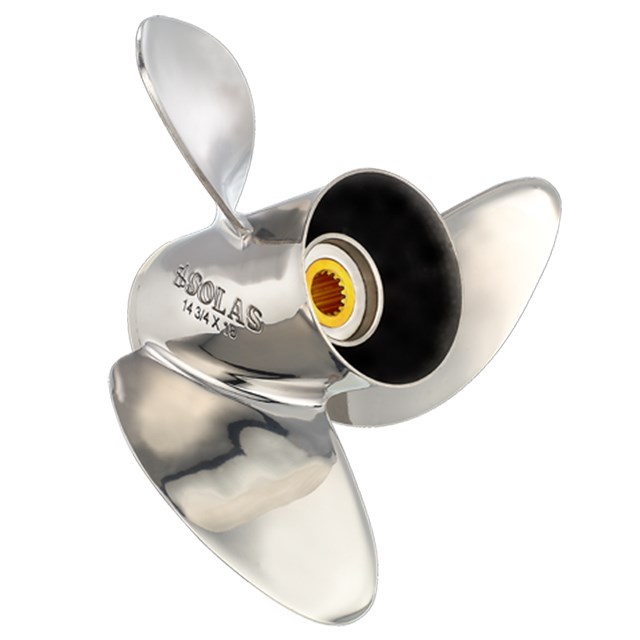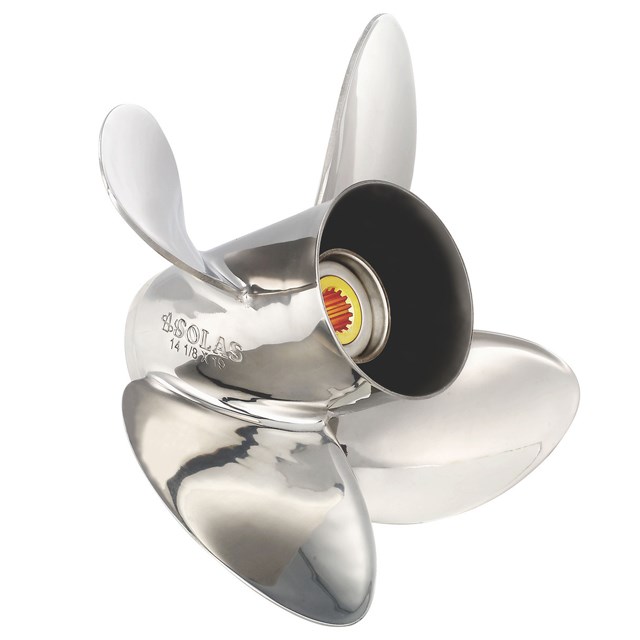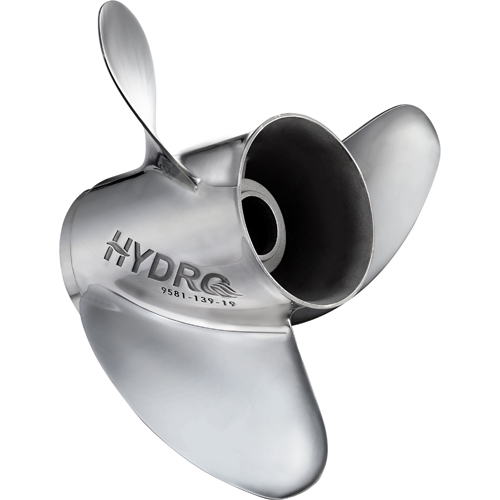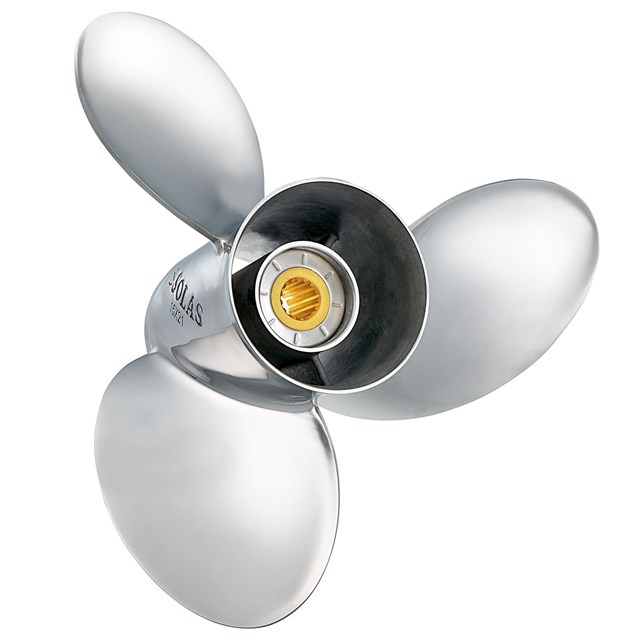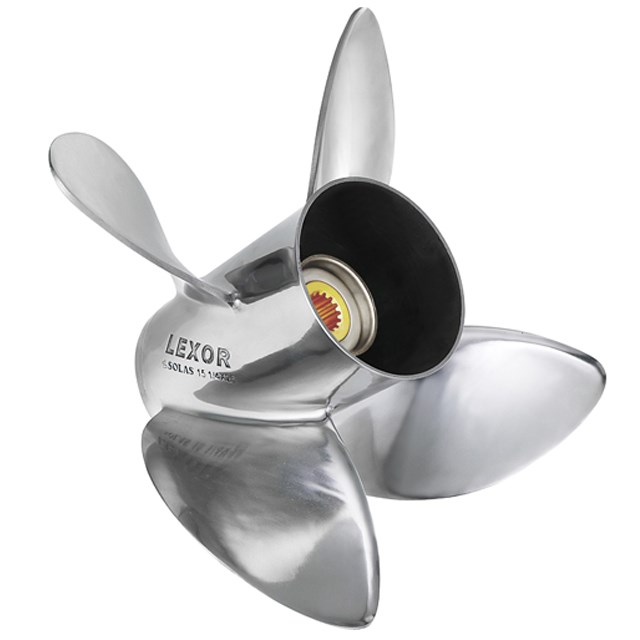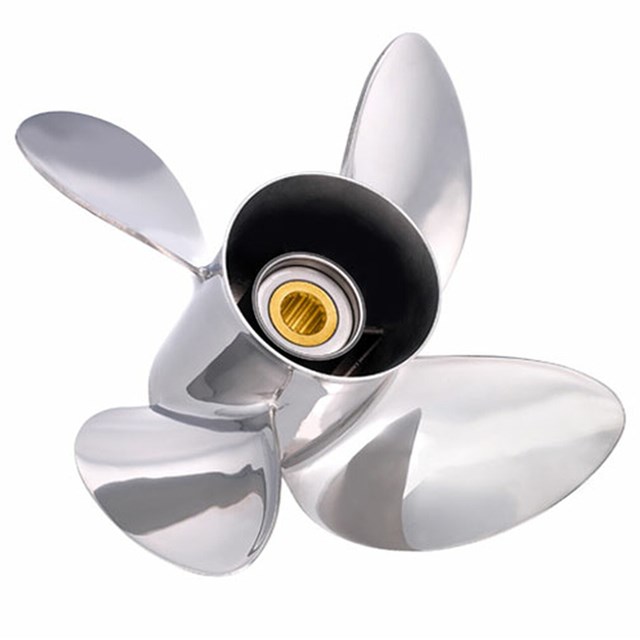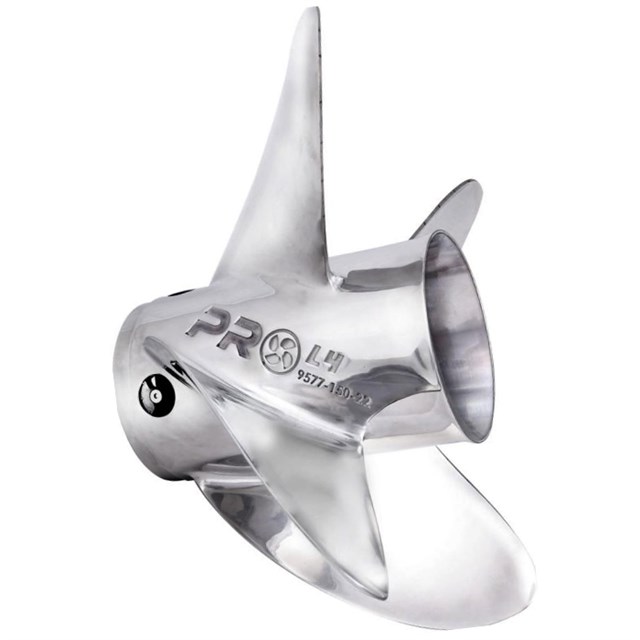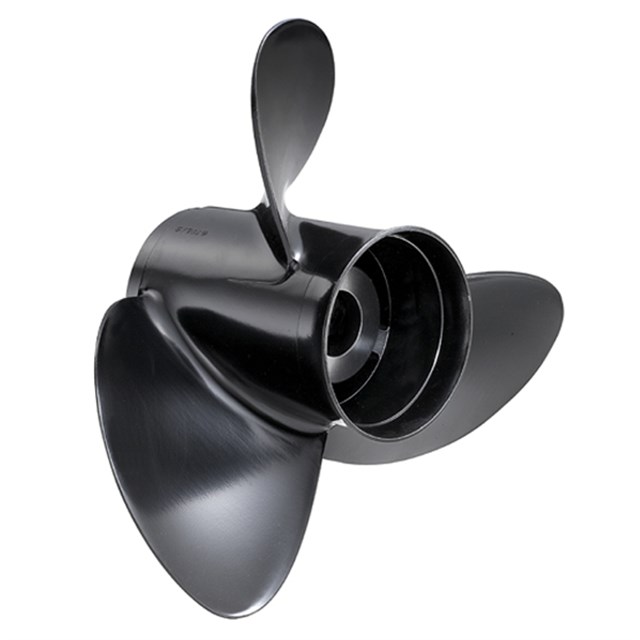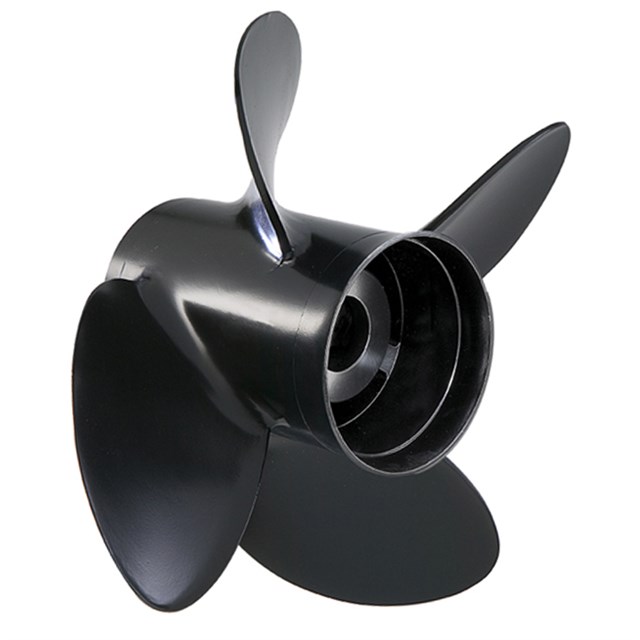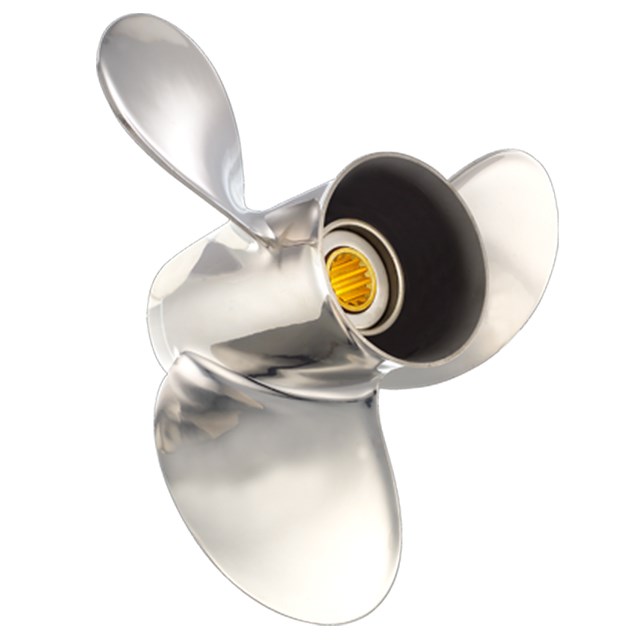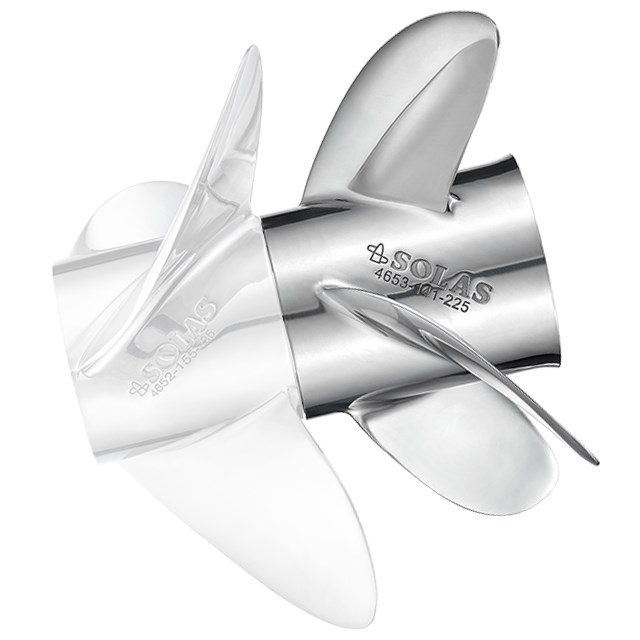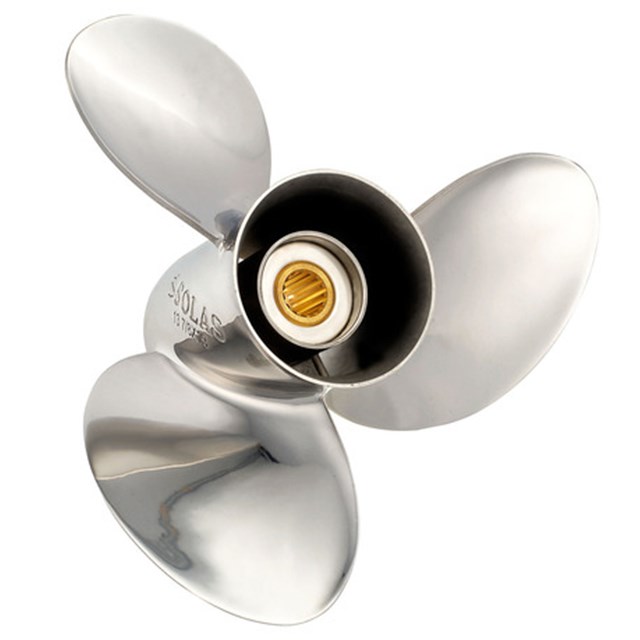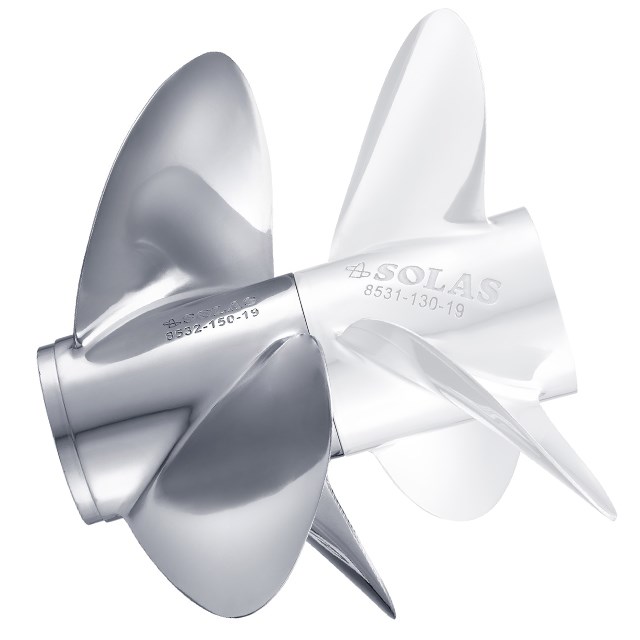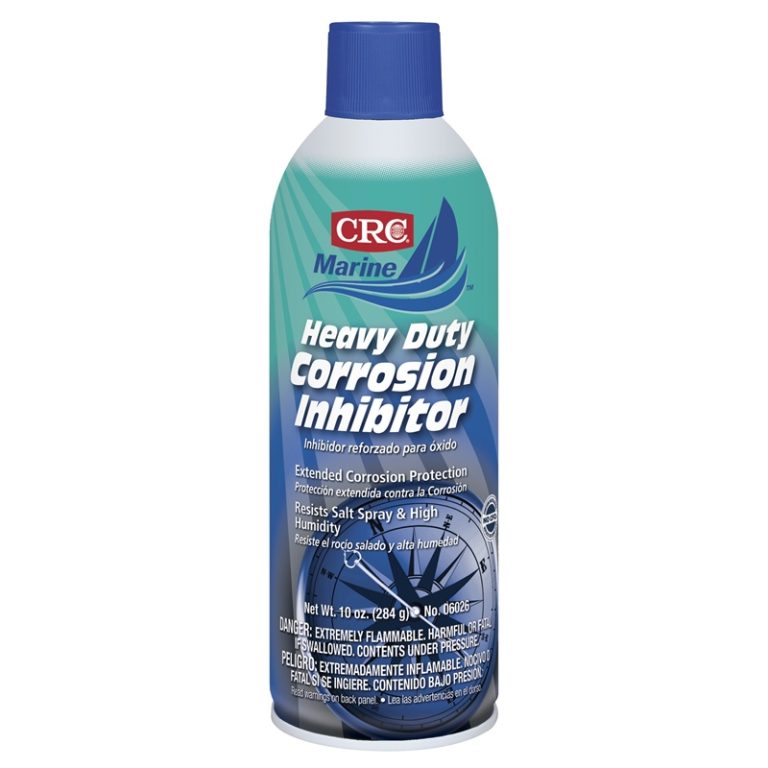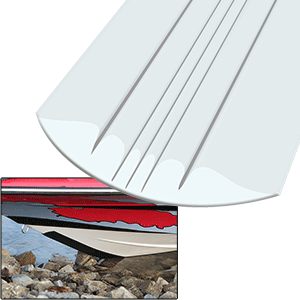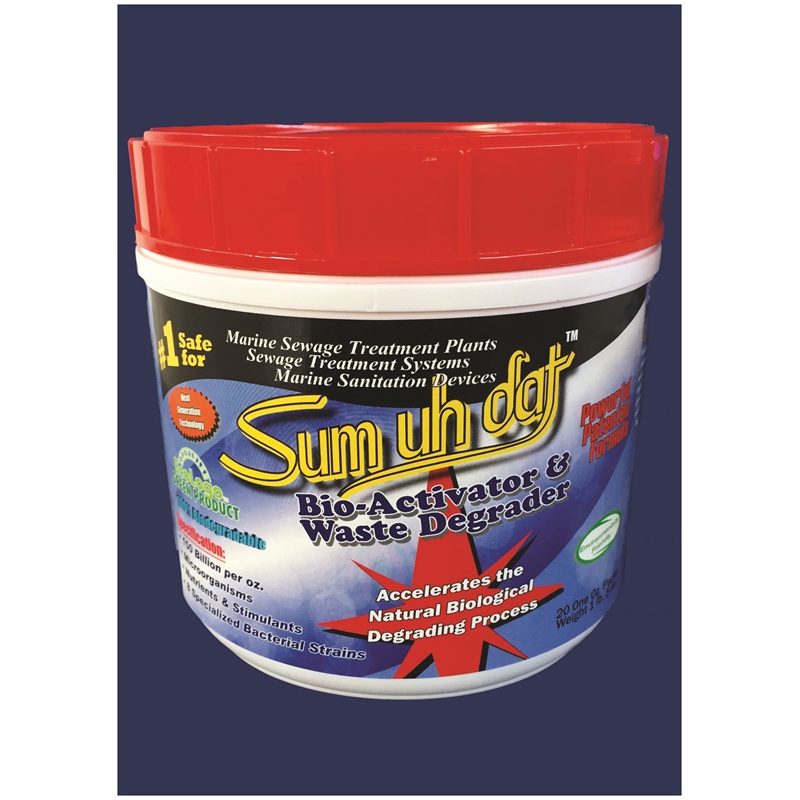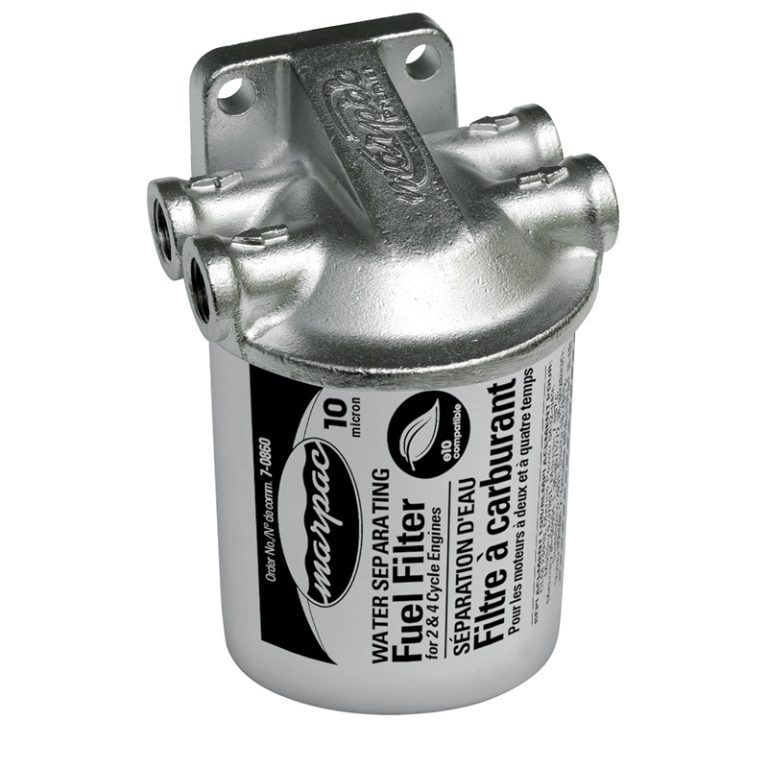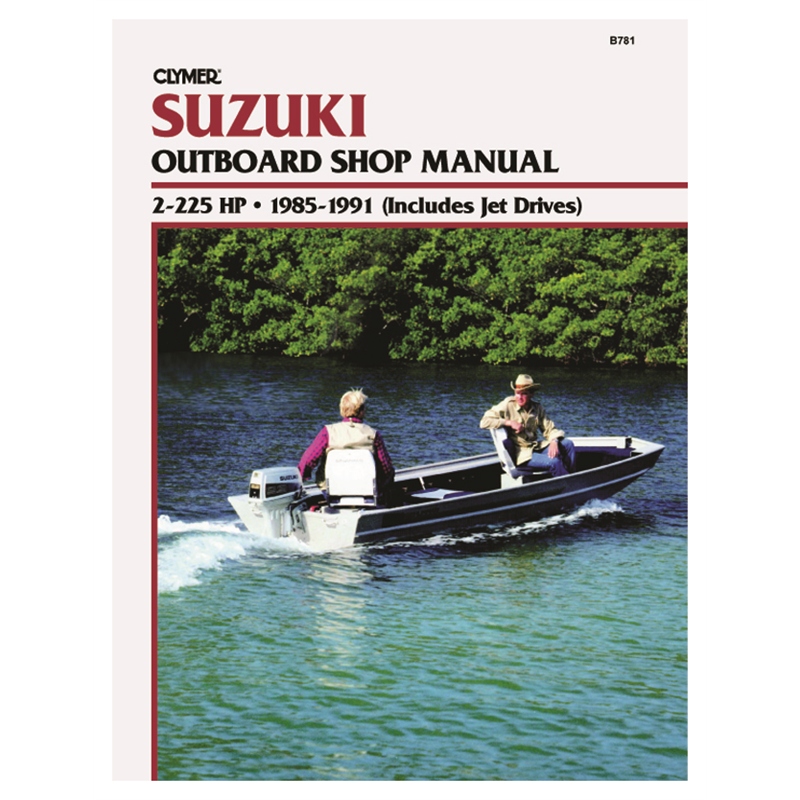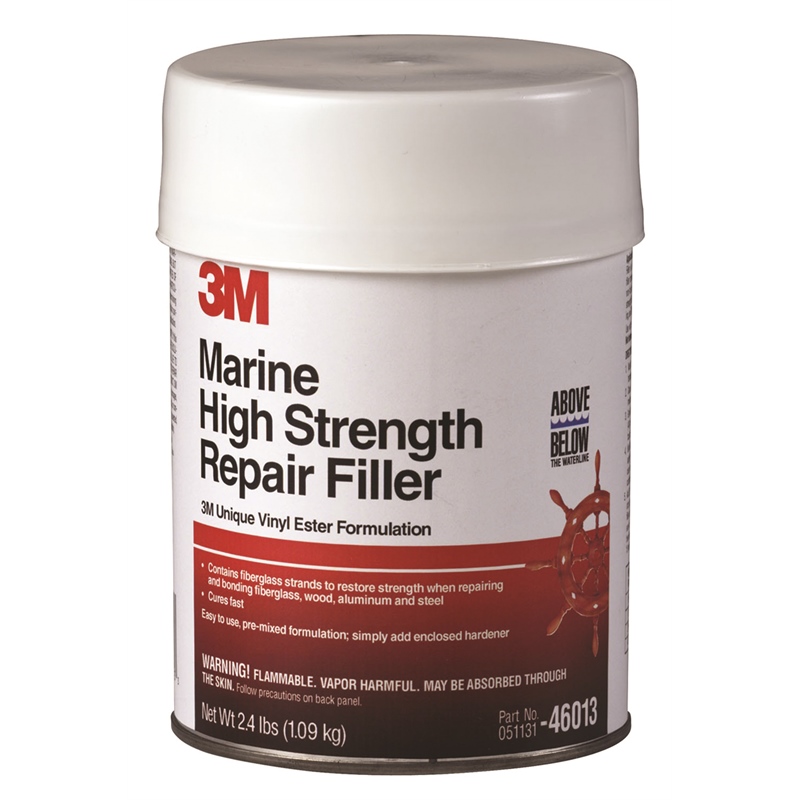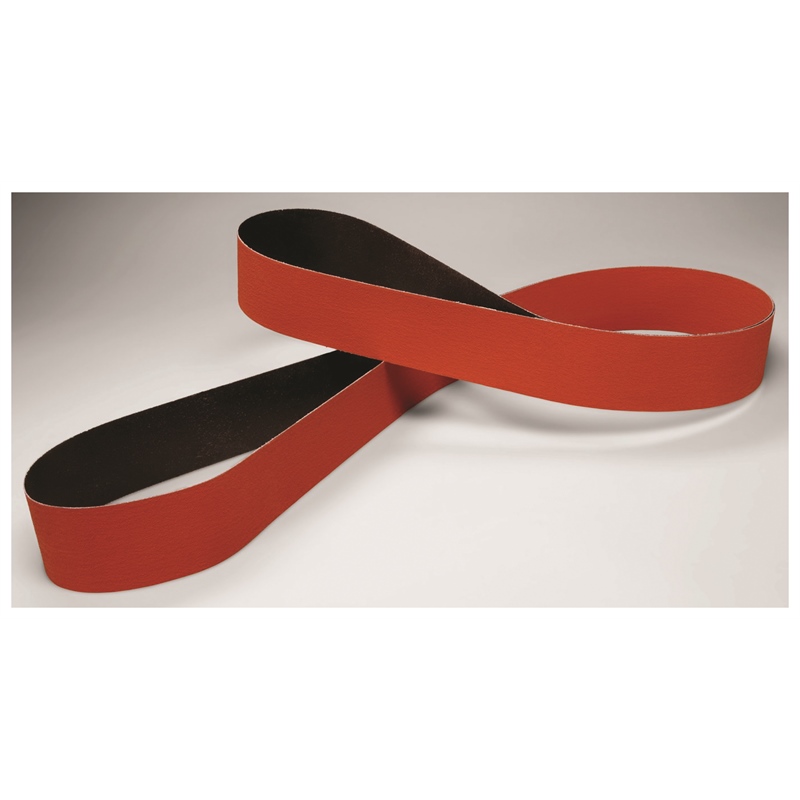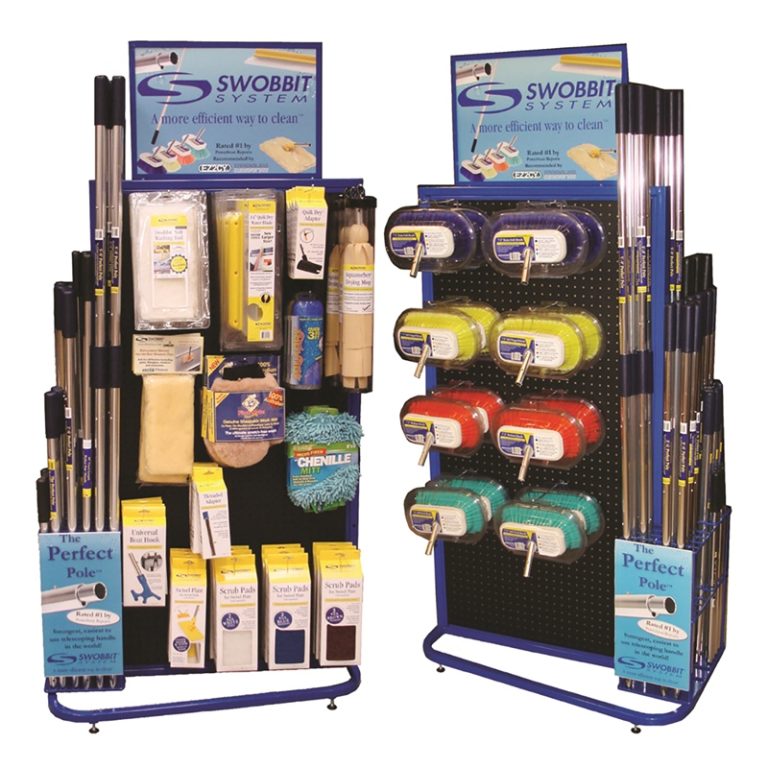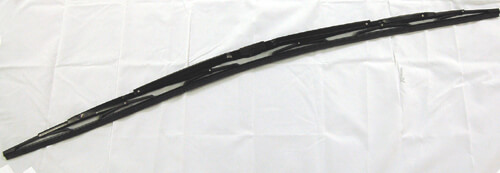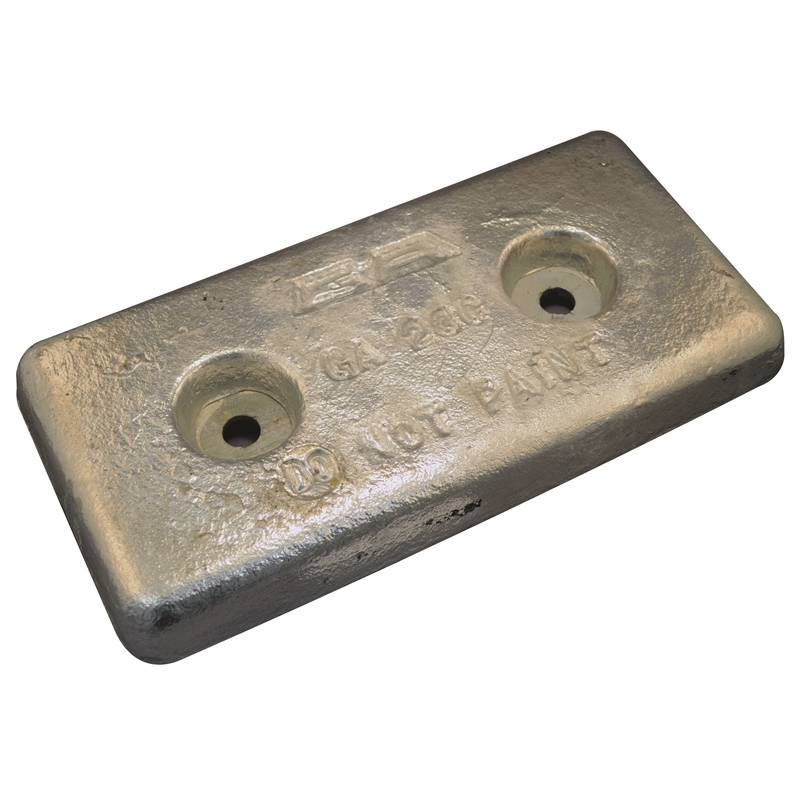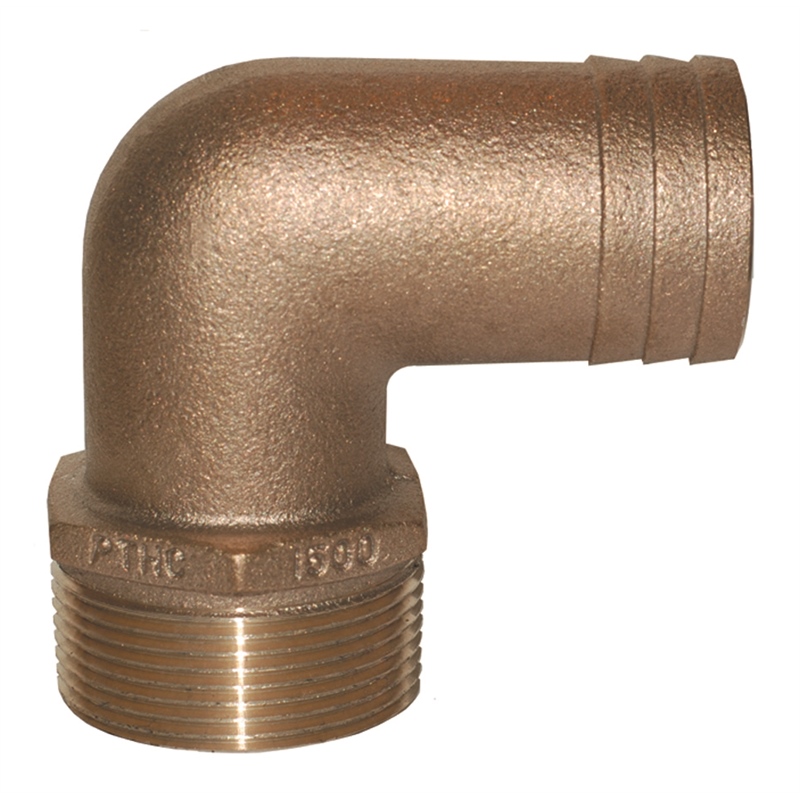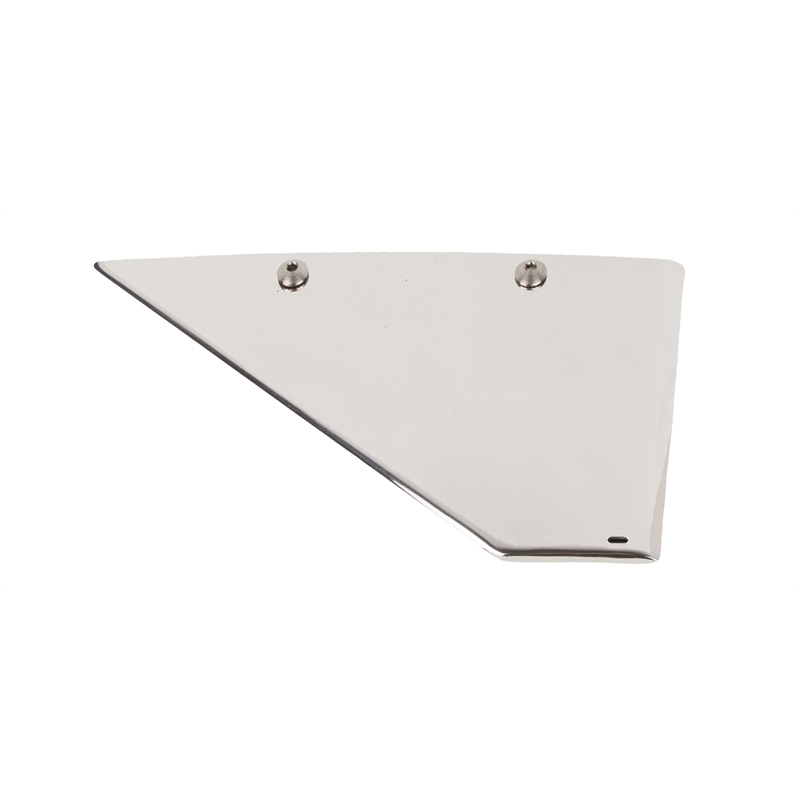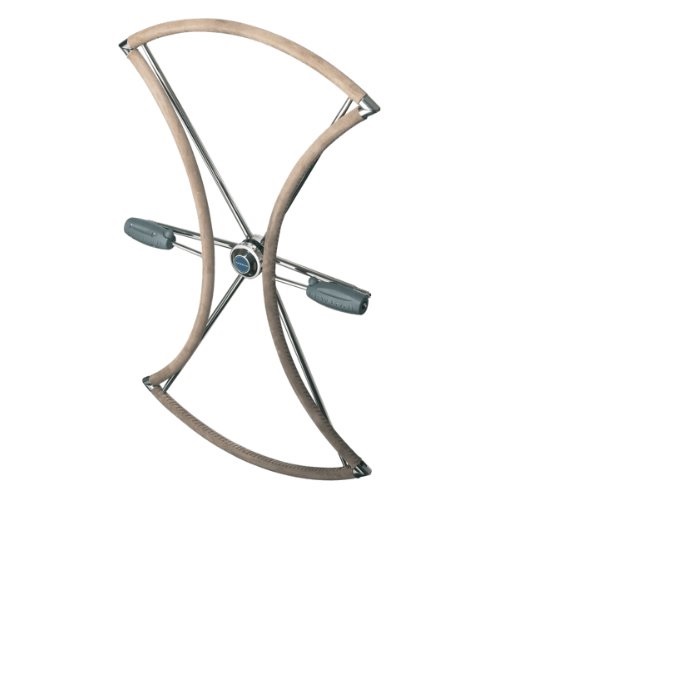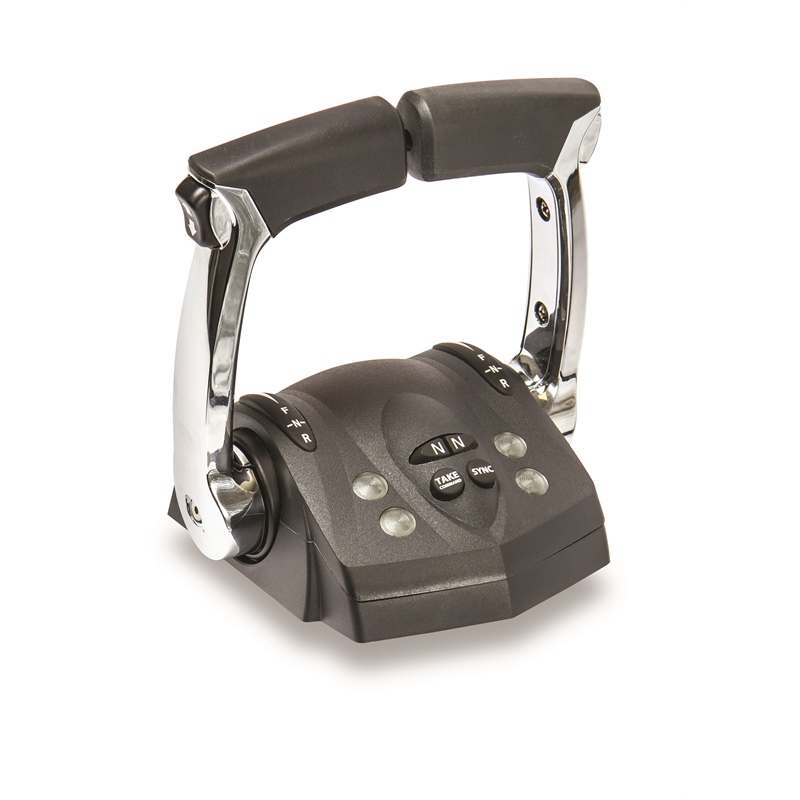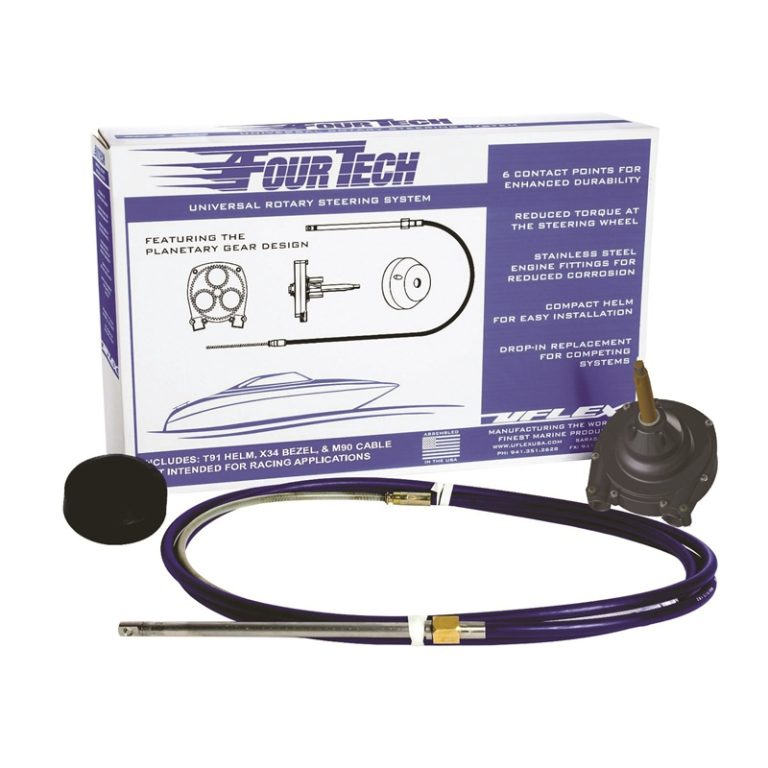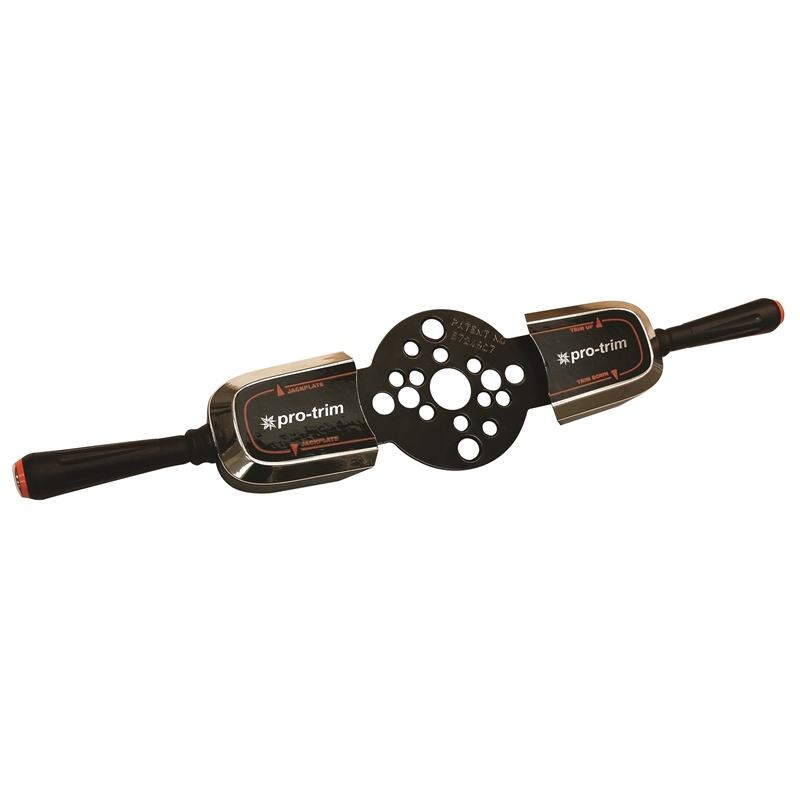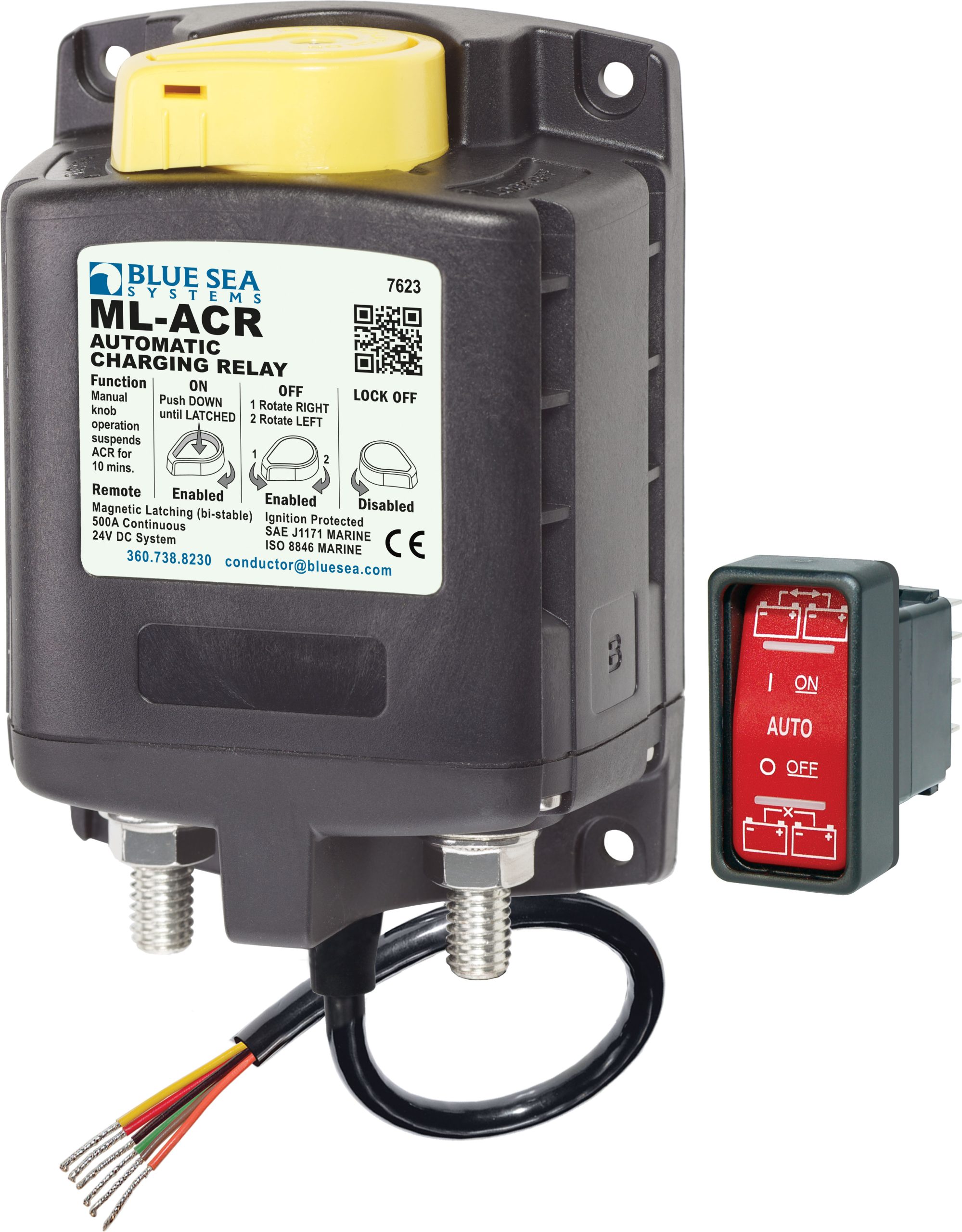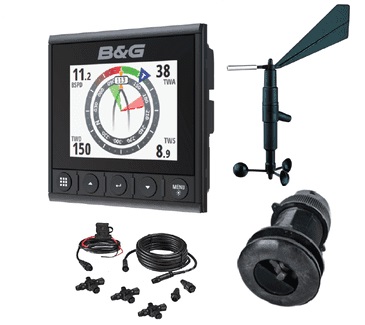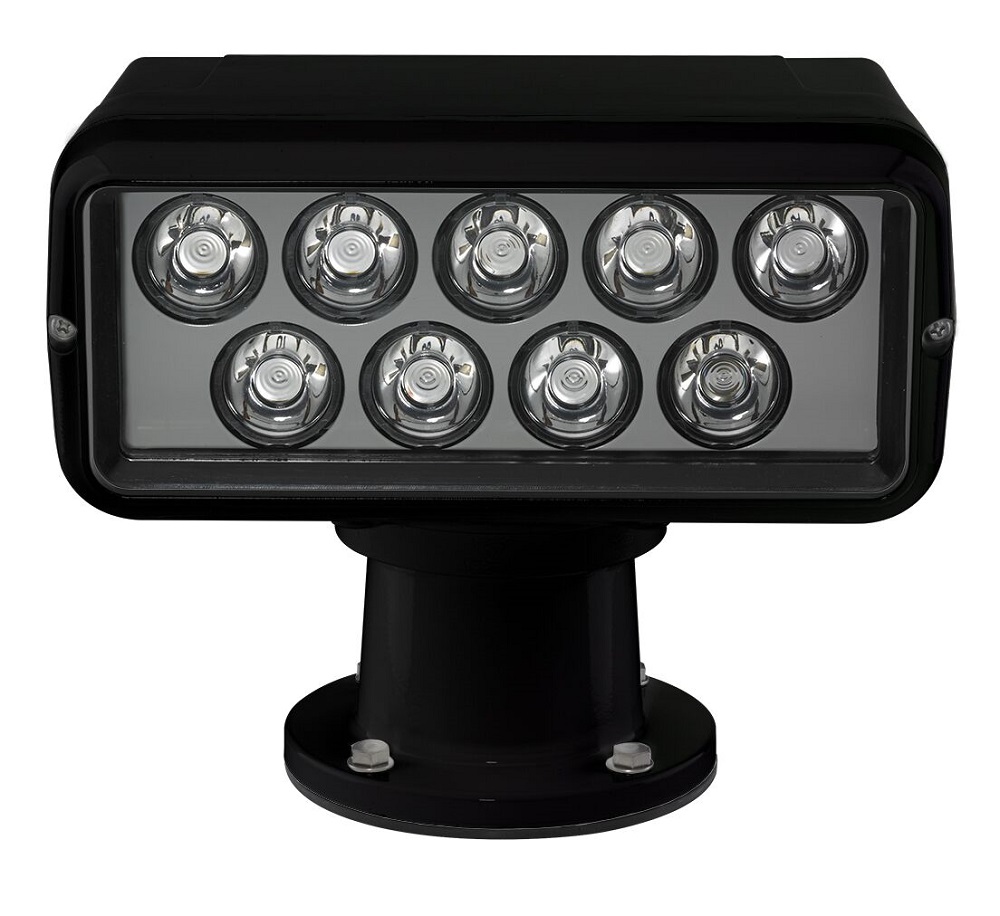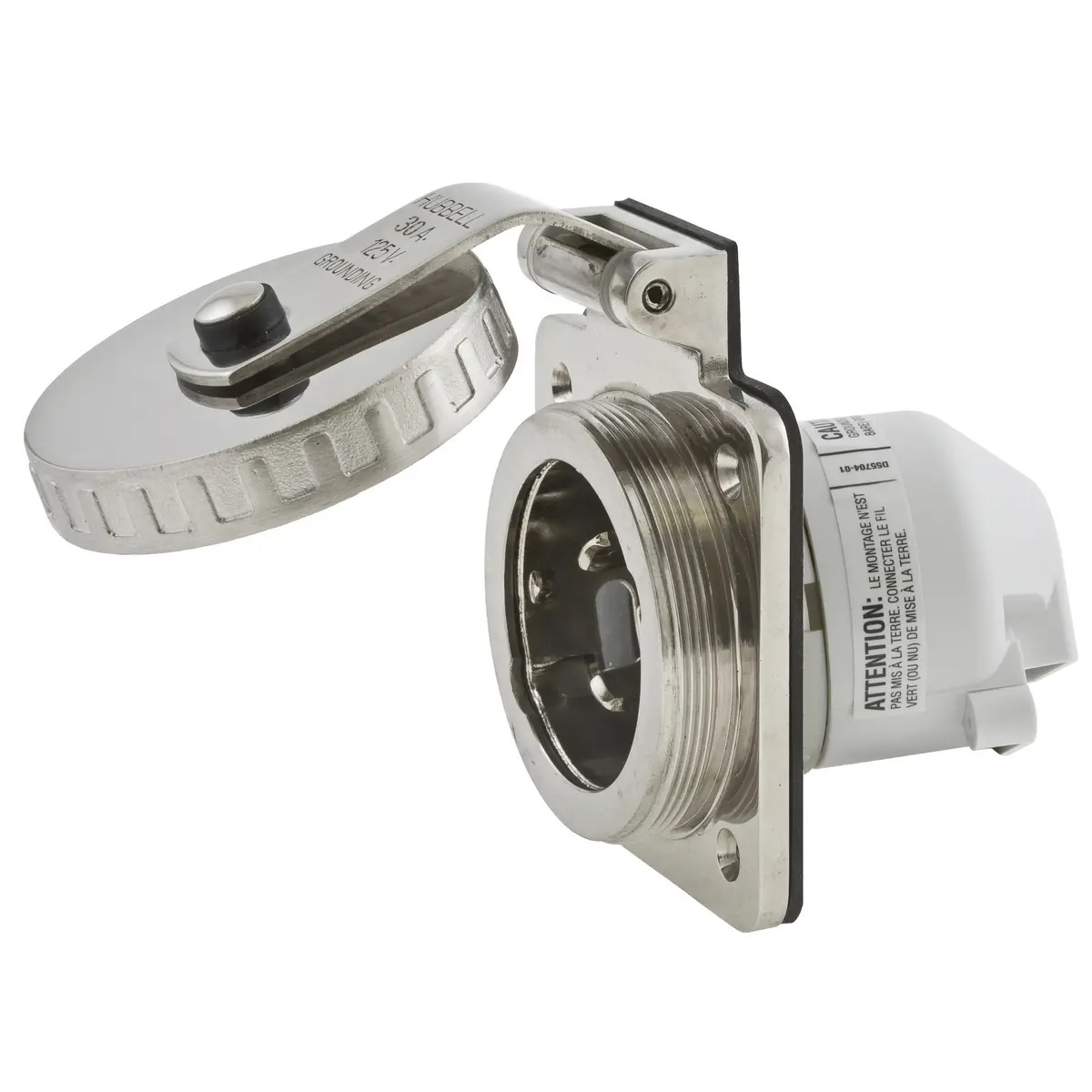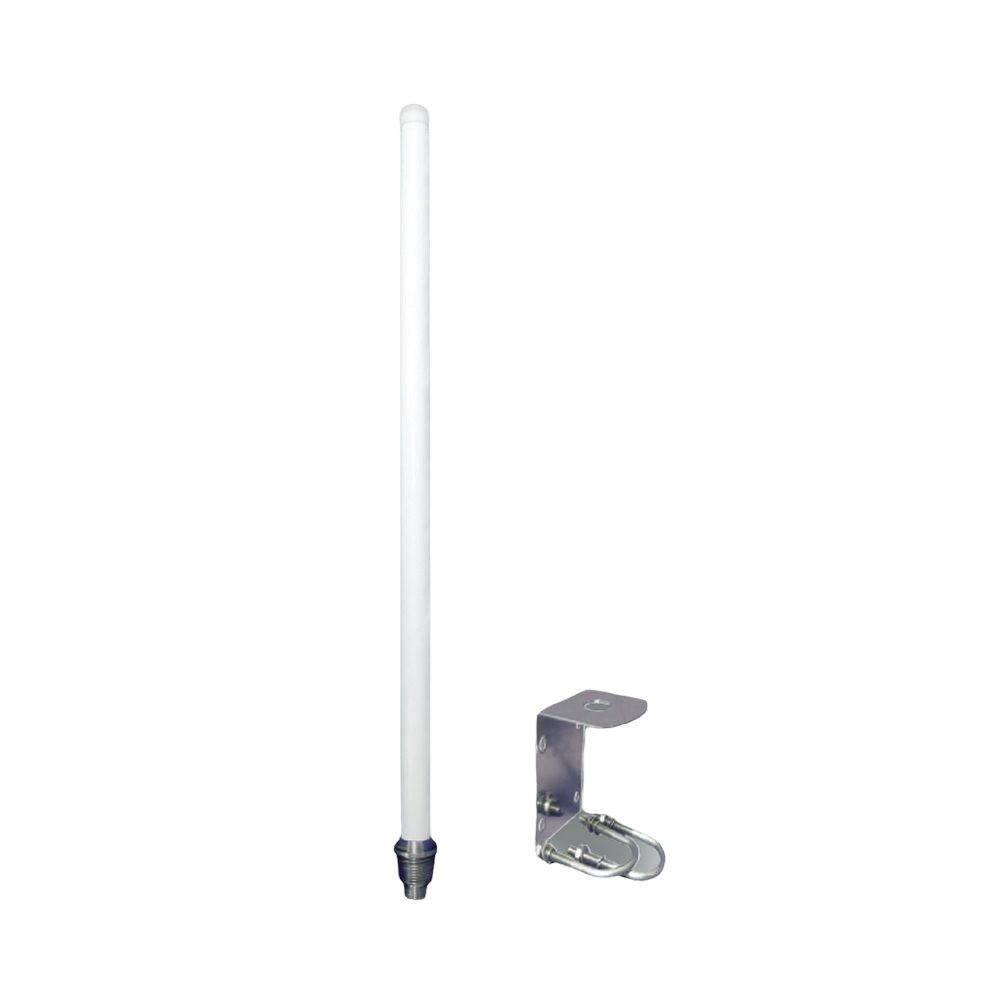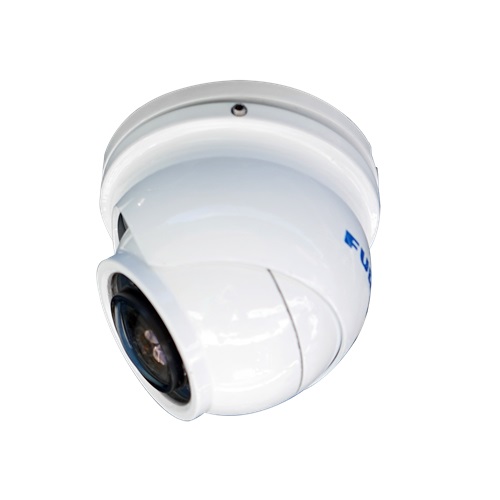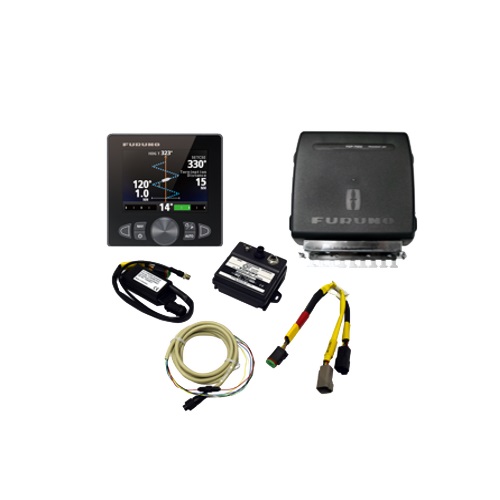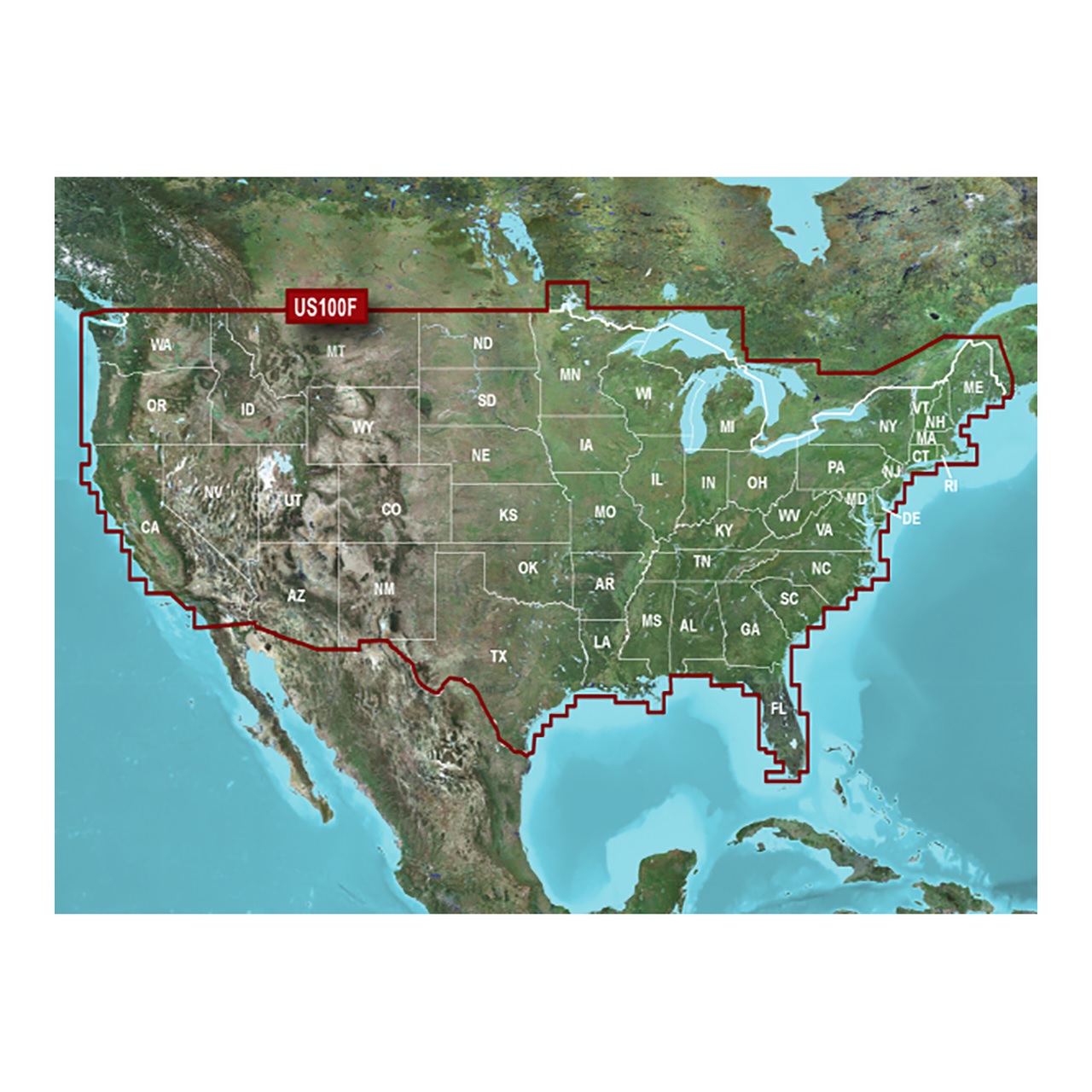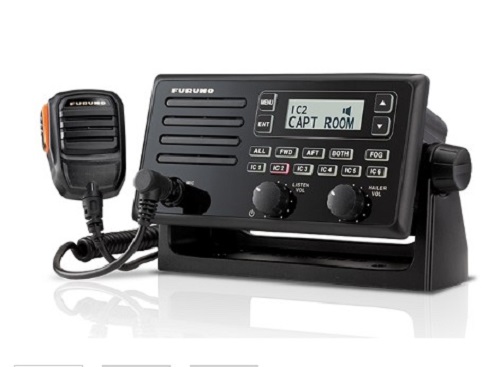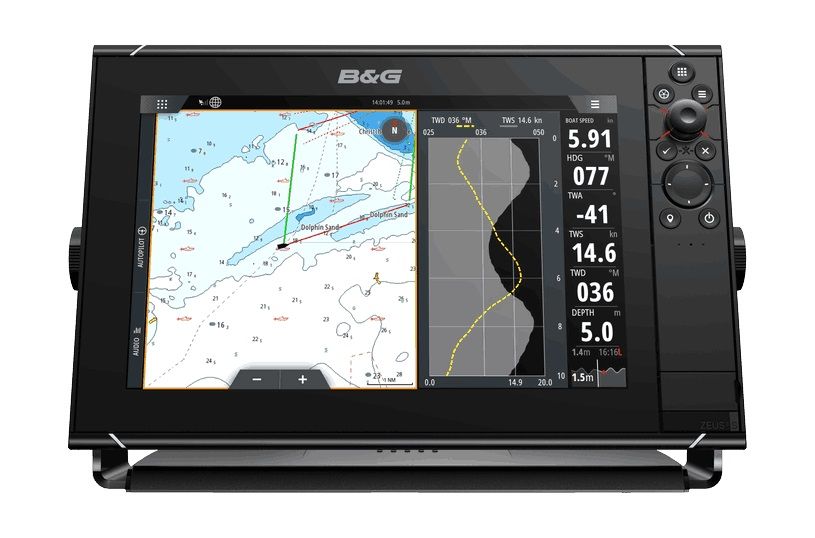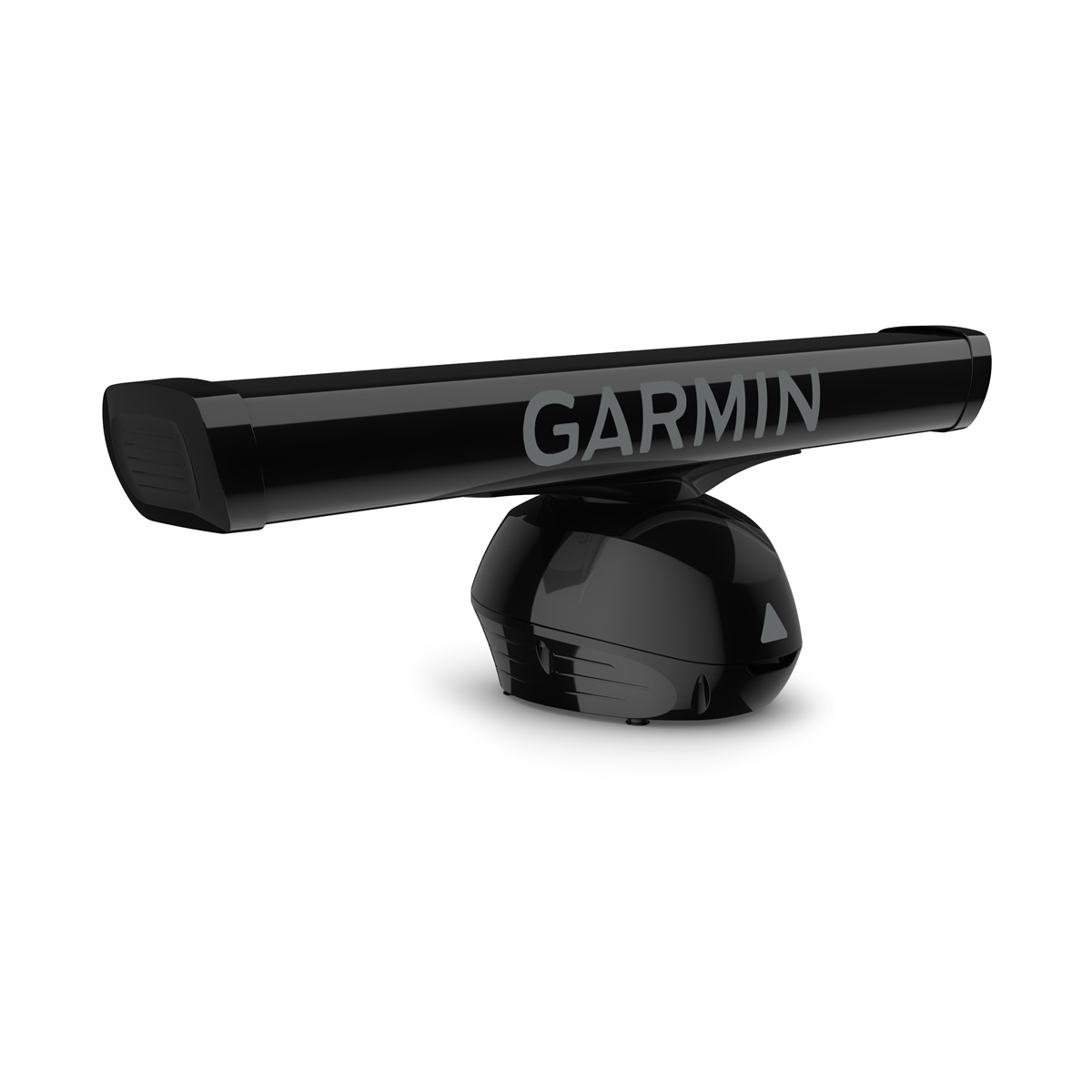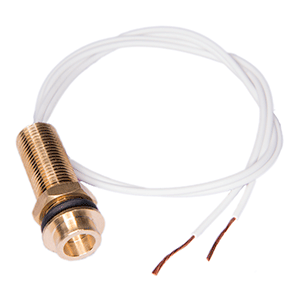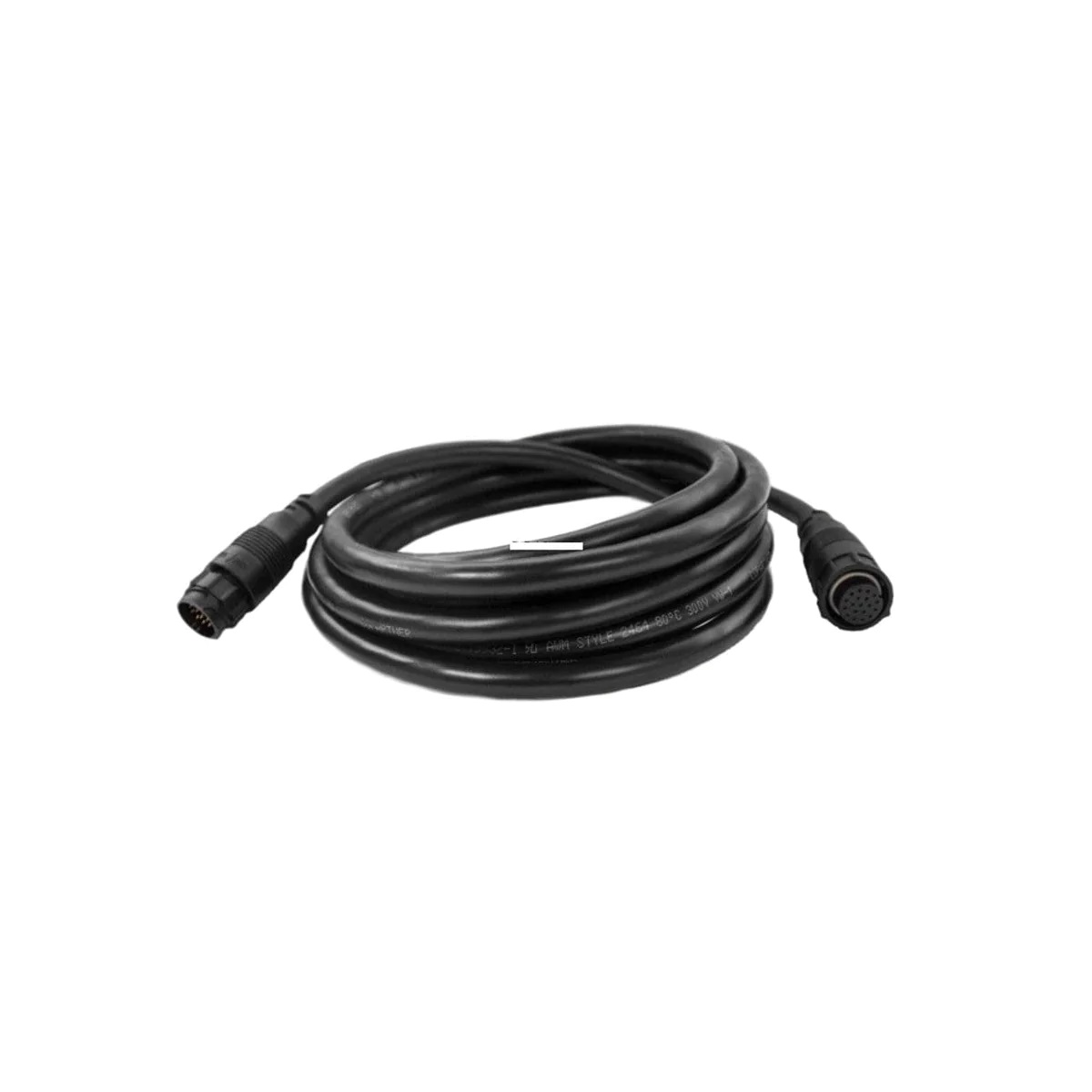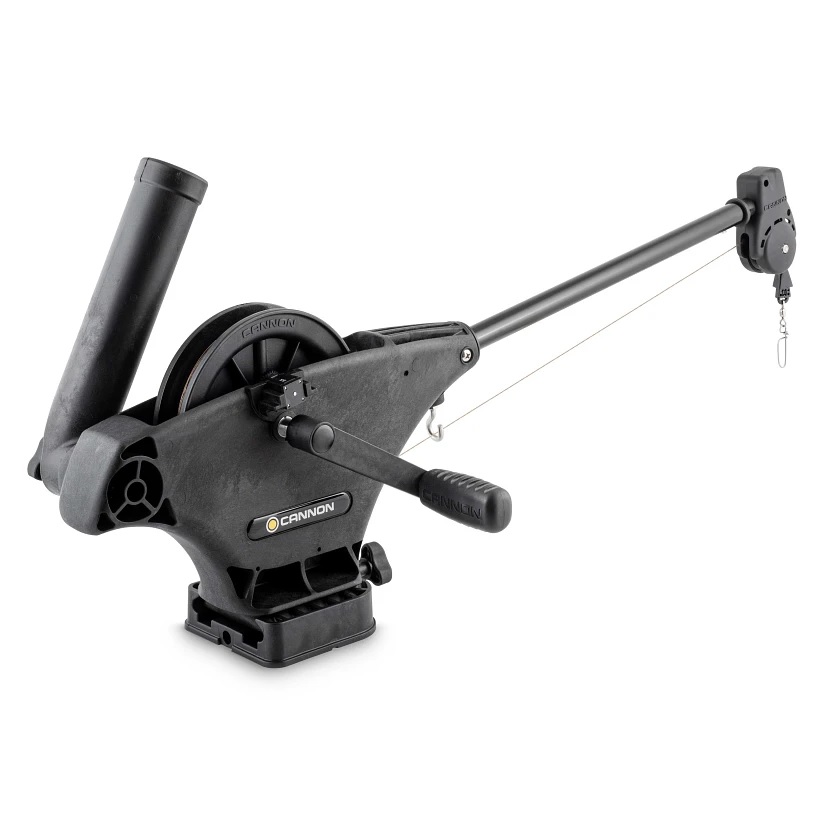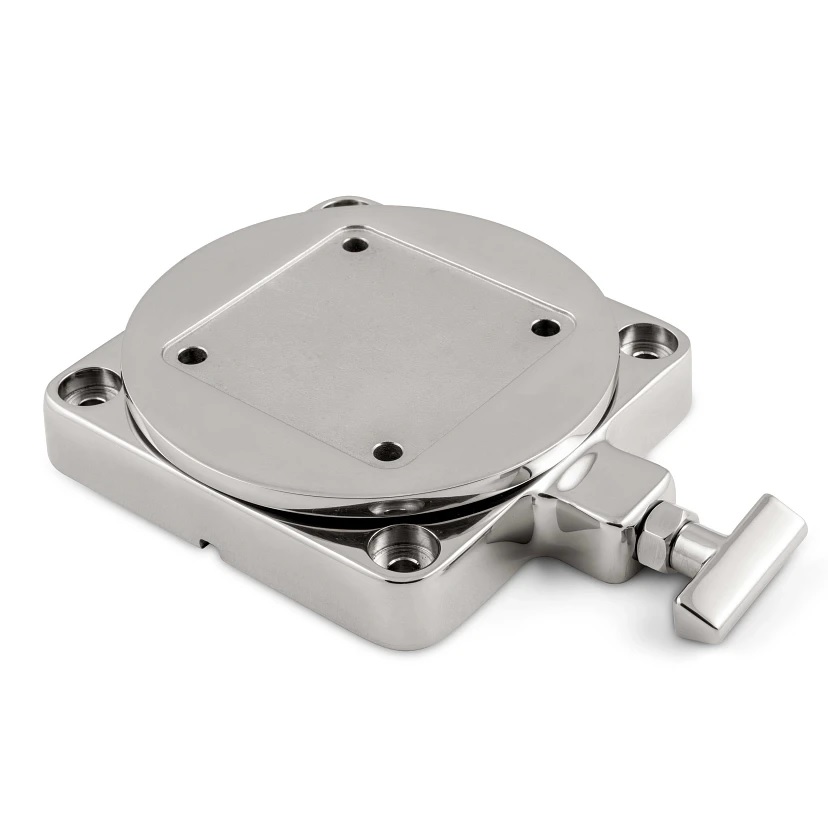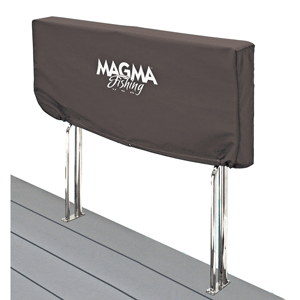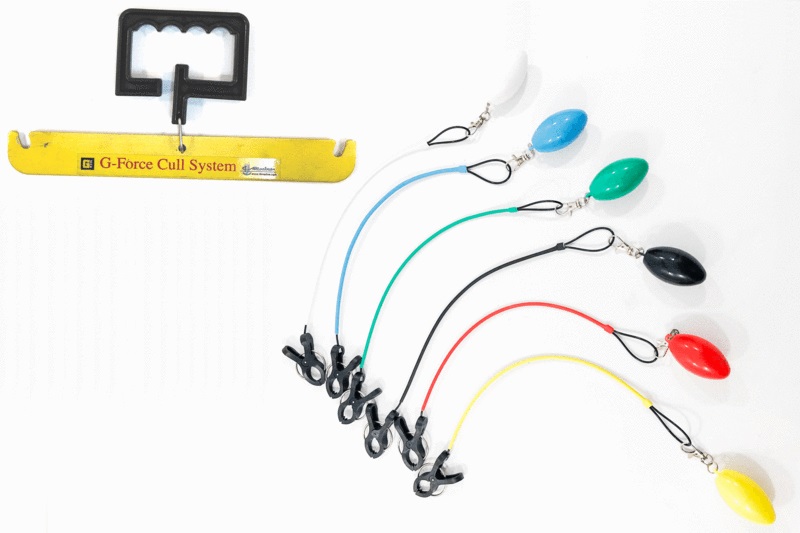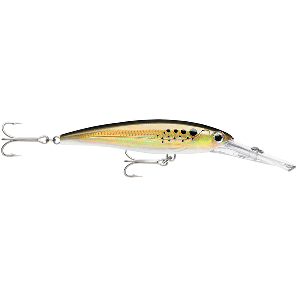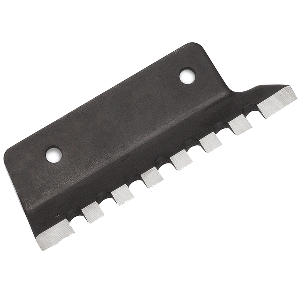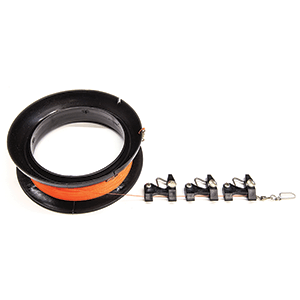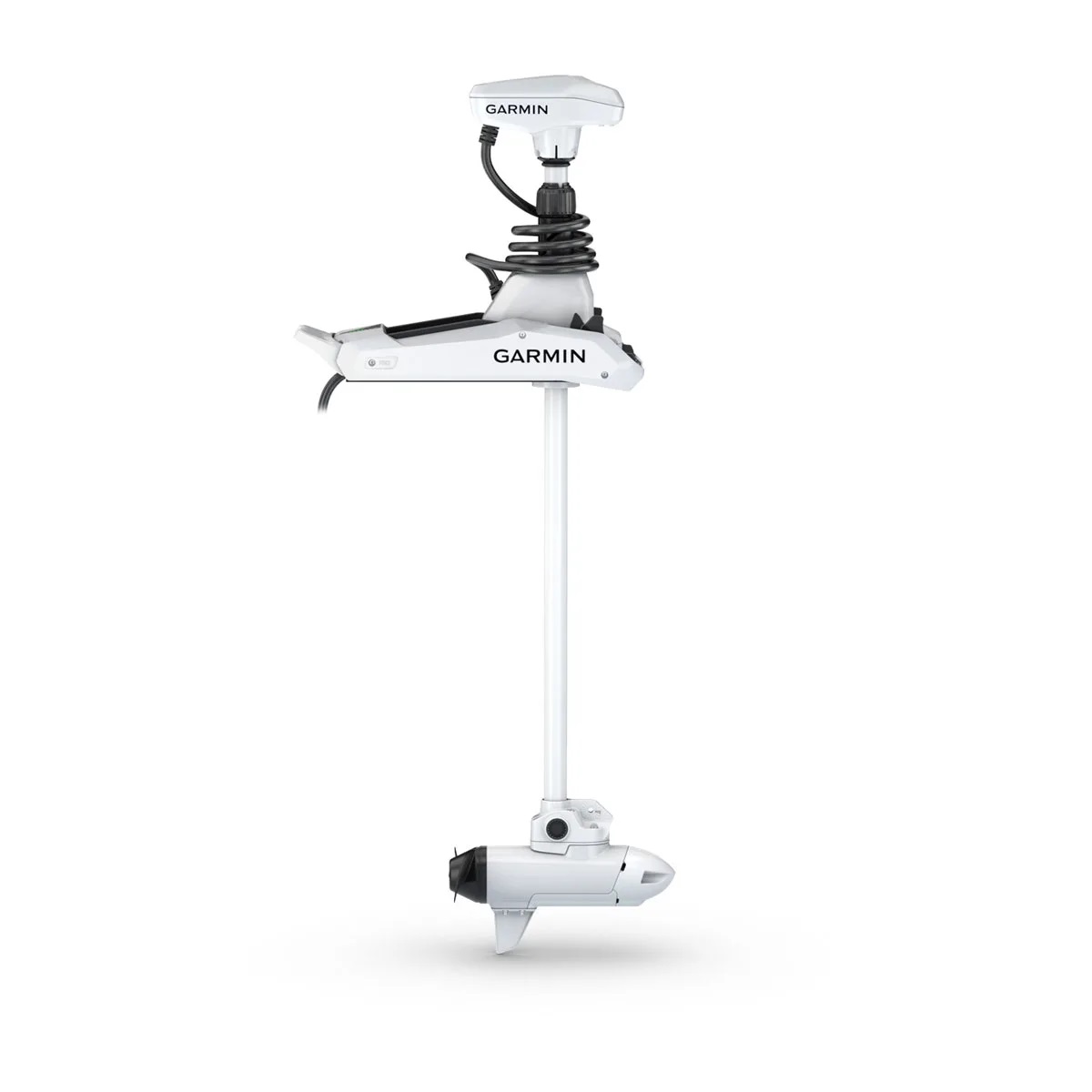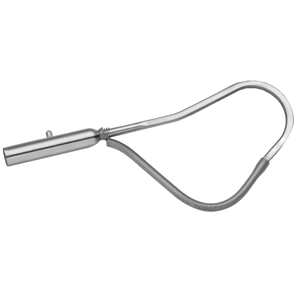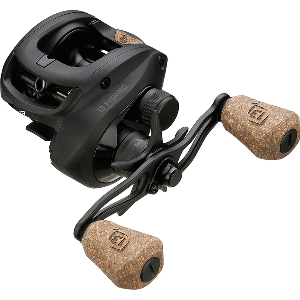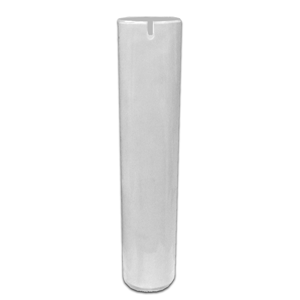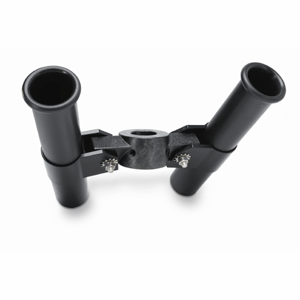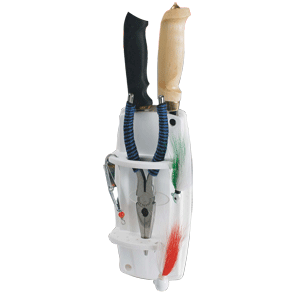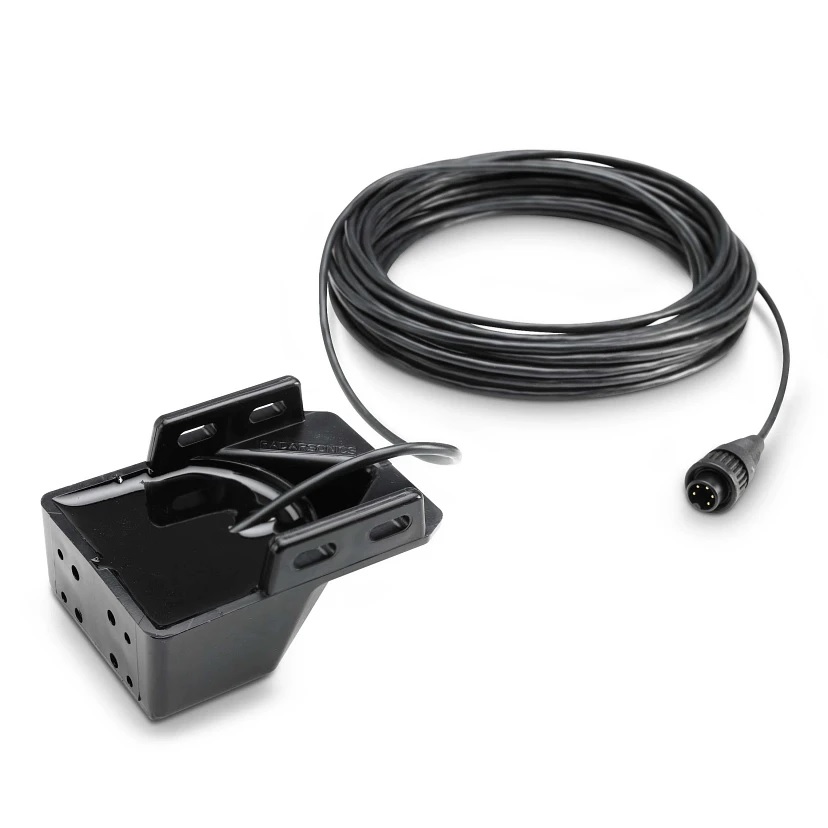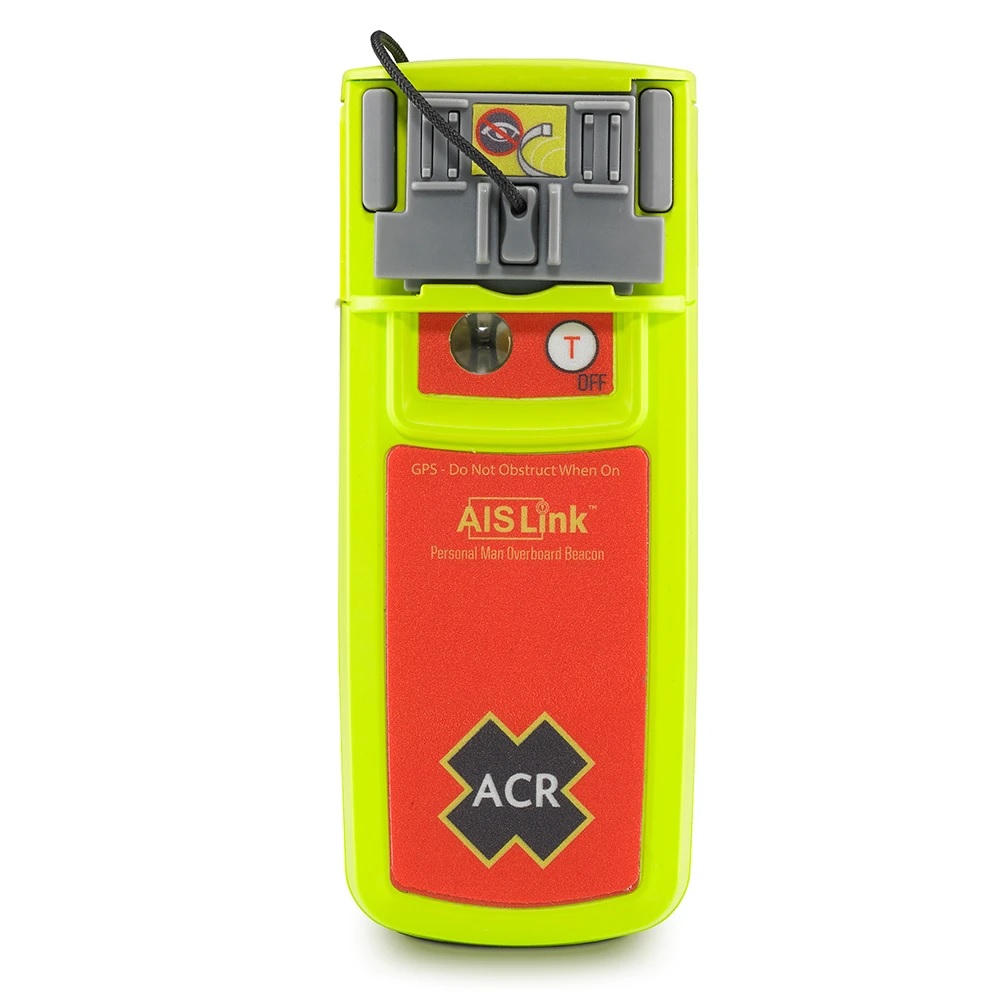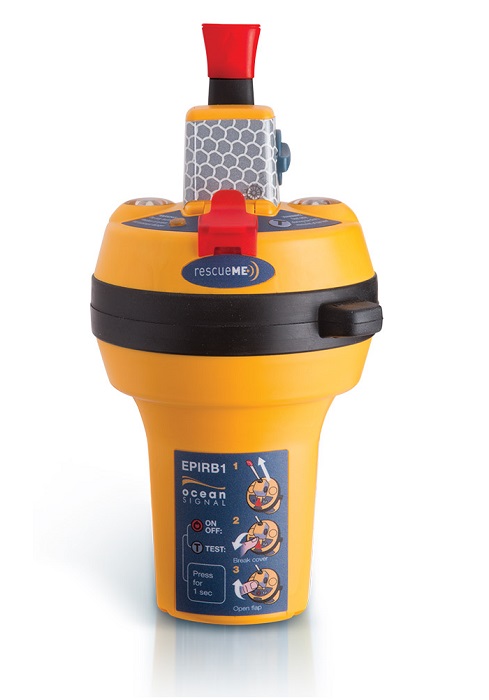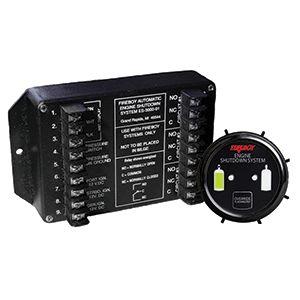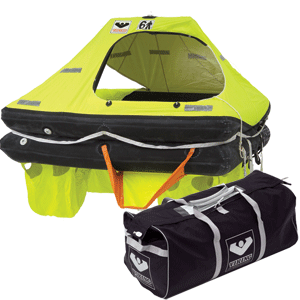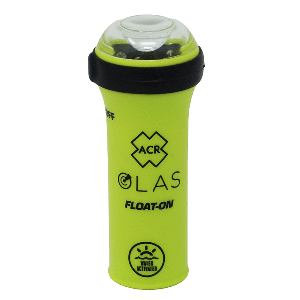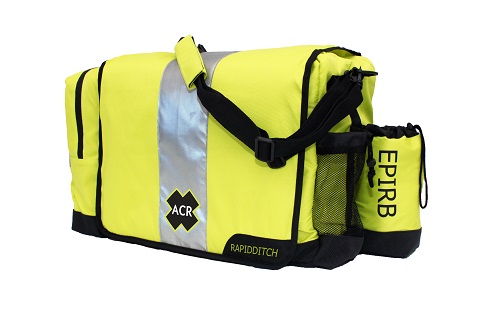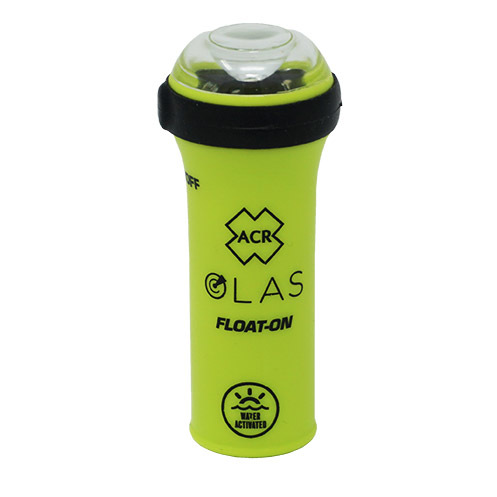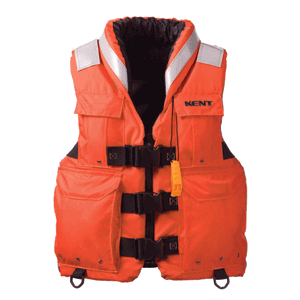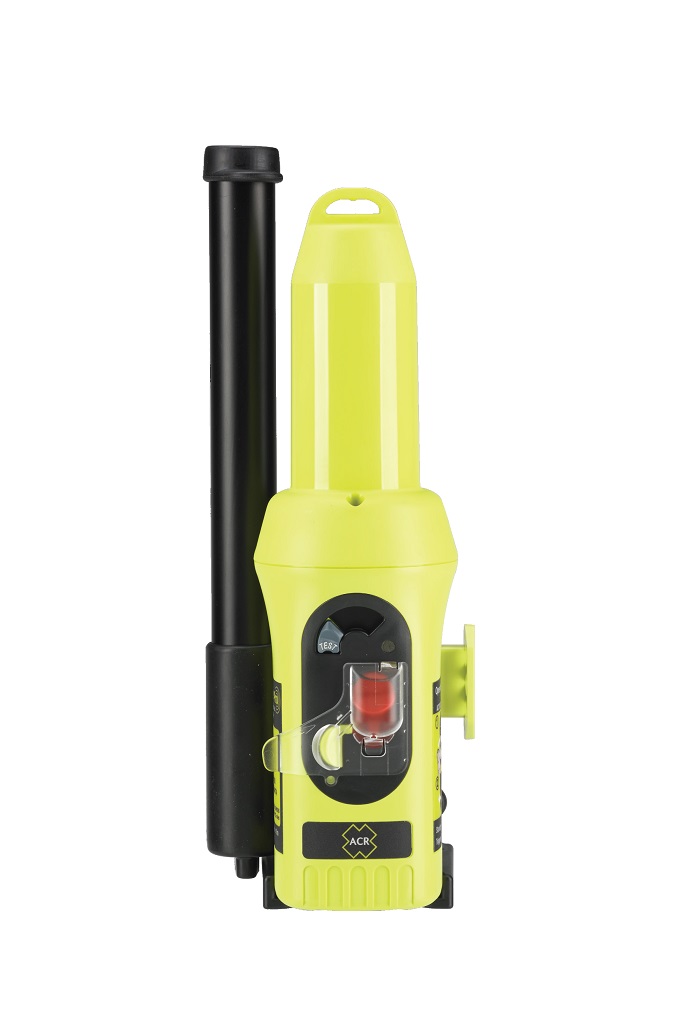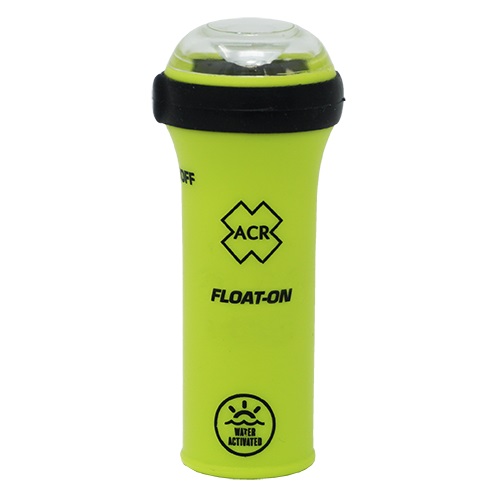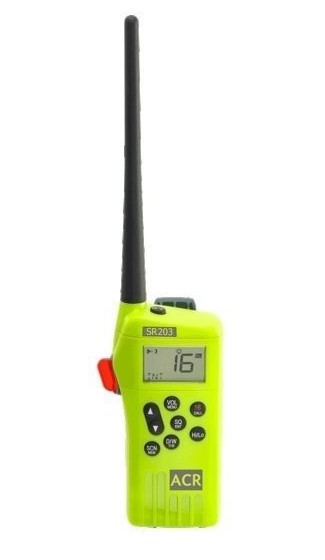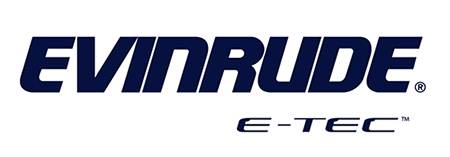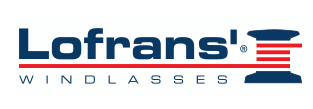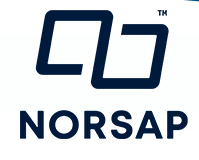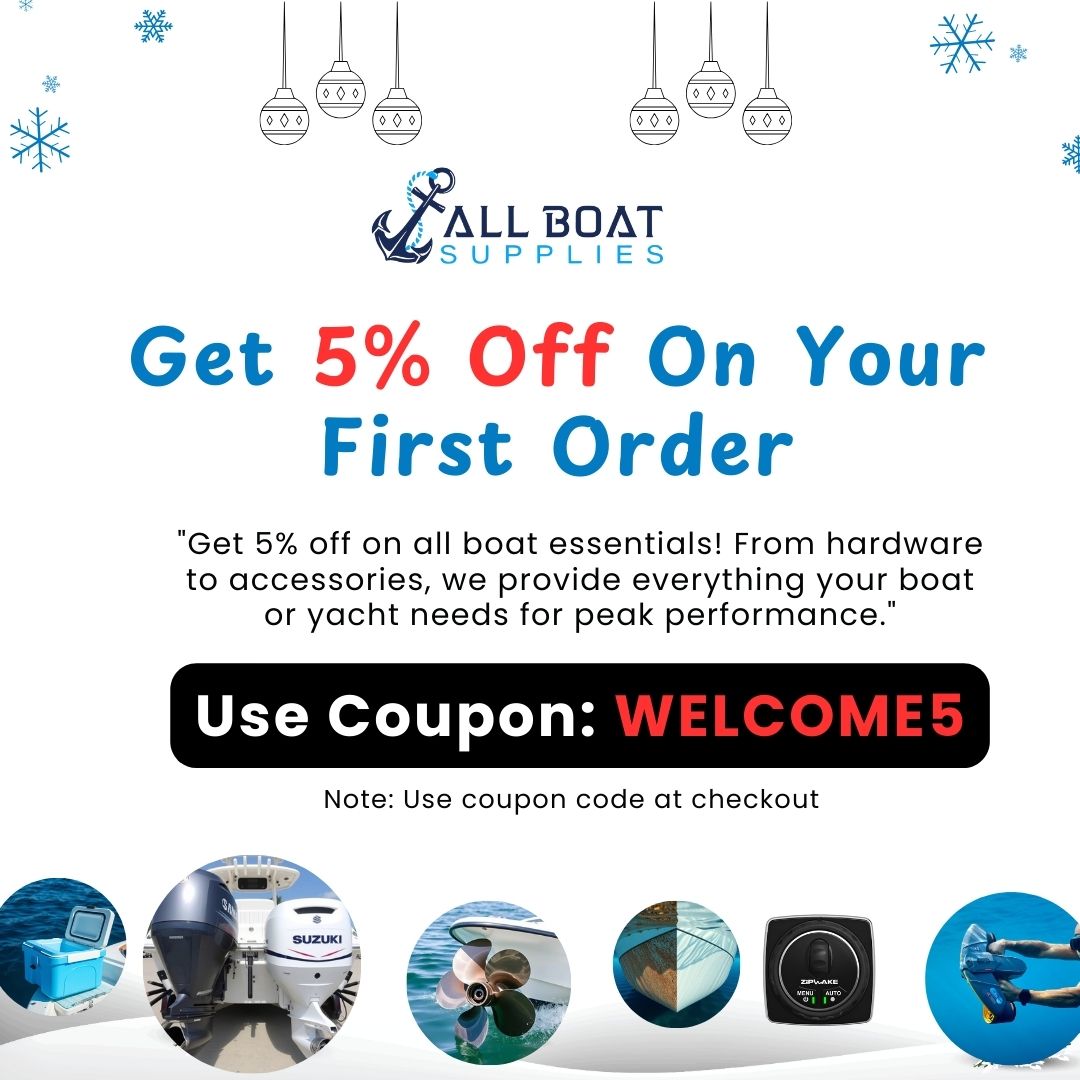Raymarine ACU-100 Actuator Reliable Control Unit for Boats
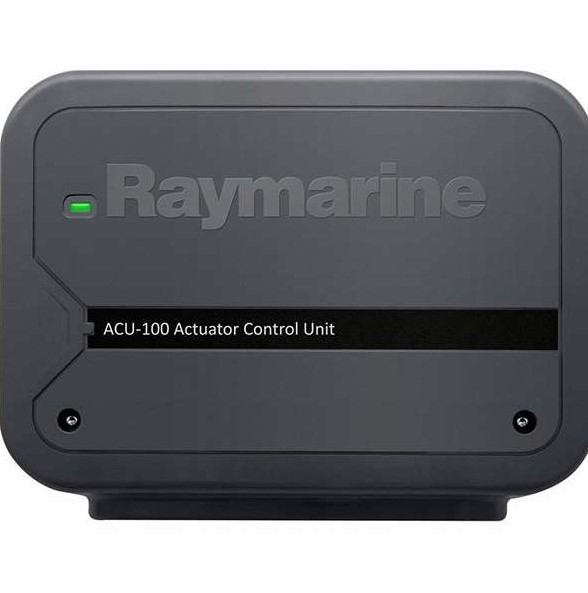
Introduction
The Raymarine ACU-100 Actuator is an essential accessory designed to enhance the functionality and precision of autopilot systems for boats and marine engines. This actuator control unit serves as the crucial link between your autopilot system and the boat’s steering mechanism, allowing for smooth, responsive, and reliable navigation control on the water.
Compatible with a range of Raymarine autopilot systems, the ACU-100 is engineered for durability and performance in demanding marine environments. Its robust design ensures that your vessel responds accurately to autopilot commands, reducing fatigue during long voyages and enhancing safety by maintaining steady courses in varying sea conditions.
Whether you are upgrading your existing autopilot system or installing a new one, understanding the capabilities, installation, and maintenance of the Raymarine ACU-100 actuator is key to maximizing your boating experience.
Overview / What Is Raymarine ACU-100 Actuator Control Unit?
The Raymarine ACU-100 Actuator is a high-precision control unit designed to interface with autopilot systems, translating digital commands into mechanical steering actions. This device acts as the brain and muscle of the autopilot setup, ensuring your boat follows the desired heading efficiently.
Key features include:
- Compact, rugged design built for marine environments.
- Compatible with a wide range of Raymarine autopilot systems.
- Supports both hydraulic and mechanical steering configurations.
- High torque motor for reliable and smooth steering control.
- Simple installation and integration with existing systems.
These features make the ACU-100 actuator indispensable for boaters seeking dependable autopilot performance, whether on recreational vessels or commercial marine engines.
How the Raymarine ACU-100 Enhances Autopilot Performance
The ACU-100 improves autopilot efficiency by providing precise control over the steering mechanism. It minimizes the lag and overshoot that can occur with manual steering or lower quality actuators. This precision results in a smoother course hold and quicker response to changes in direction, essential for safe navigation in challenging waters.
Moreover, the actuator’s integration with Raymarine’s advanced autopilot software enables adaptive steering strategies that compensate for wind, current, and wave action, keeping your boat on track with minimal input.
Compatibility and Installation Overview
Designed for versatility, the ACU-100 fits a variety of Raymarine autopilot models and supports installation on boats with either hydraulic or mechanical steering systems. Installation involves connecting the actuator to the autopilot control head and the steering mechanism, often requiring basic tools and marine electrical knowledge.
Proper installation ensures optimal performance and safety. Many boat owners opt for professional installation or thorough consultation with Raymarine manuals and support resources. The unit’s compact size also makes it convenient for installation in tight spaces typical of marine cockpits and engine rooms.
Maintenance Tips for Raymarine ACU-100 Actuator
Maintaining the Raymarine ACU-100 Actuator is critical to ensure long-lasting, reliable operation. Given its exposure to harsh marine conditions, regular upkeep prevents corrosion, electrical faults, and mechanical wear.
- Inspect Electrical Connections: Routinely check connectors and wiring for signs of corrosion or wear, cleaning and sealing as necessary.
- Keep the Unit Clean: Remove salt deposits and grime using fresh water and a soft cloth. Avoid high-pressure washing to protect seals.
- Lubricate Moving Parts: Apply marine-grade lubricants to any accessible mechanical joints or linkages as recommended in the manual.
- Check Mounting Bolts: Ensure all mounting hardware is secure to prevent vibrations that can damage components.
- Software Updates: Stay updated with the latest Raymarine autopilot software for compatibility and feature enhancements.
Following these maintenance tips will extend the life of your actuator and prevent unexpected autopilot failures while underway.
Expert Advice and Pro Recommendations
Marine electronics professionals emphasize the importance of selecting a quality actuator like the Raymarine ACU-100 Actuator for safe and effective autopilot performance. Experts recommend:
- Always verifying compatibility with your existing autopilot system and steering type before purchase.
- Hiring certified marine technicians for installation to guarantee proper setup and calibration.
- Regularly scheduling inspections, especially before long voyages or rough weather conditions.
- Utilizing genuine Raymarine parts and accessories to maintain system integrity and warranty.
Buy now: Raymarine ACU-100 Actuator Control Unit and enjoy 5% off with code WELCOME5.
How to Install the Raymarine ACU-100 Actuator Control Unit
Installing the Raymarine ACU-100 Actuator requires careful attention to detail to ensure proper operation and safety. The general installation steps are:
- Identify the steering system type (mechanical or hydraulic) and confirm actuator compatibility.
- Mount the ACU-100 unit securely close to the steering mechanism, ensuring alignment and accessibility.
- Connect the actuator output to the steering linkage according to the installation manual.
- Wire the electrical connections from the actuator to the autopilot control head and power source.
- Perform initial calibration following Raymarine’s software instructions to synchronize the actuator movement with autopilot commands.
- Test the system with the boat out of water or at low speed to confirm smooth steering and responsiveness.
For detailed instructions and safety precautions, refer to Raymarine’s official installation guides or consult a professional installer.
Troubleshooting Common Raymarine ACU-100 Issues
Despite its reliability, users may encounter occasional issues with the Raymarine ACU-100 Actuator. Common problems include delayed steering response, electrical faults, or inconsistent autopilot behavior.
Basic troubleshooting steps involve:
- Checking all wiring and connectors for corrosion, looseness, or damage.
- Ensuring the actuator mounting is secure and not interfering with mechanical movement.
- Verifying software and firmware are up to date.
- Resetting the autopilot system and recalibrating the actuator.
If problems persist, contacting Raymarine technical support or a qualified marine electronics technician is advised to prevent safety risks.
Raymarine ACU-100 Actuator Cost and Durability
The Raymarine ACU-100 Actuator represents a high-value investment in marine autopilot reliability. While the initial cost may be higher than generic alternatives, its durability, precision, and integration with Raymarine systems justify the expense for most boaters.
Constructed from corrosion-resistant materials and tested to marine standards, the actuator withstands the harsh environments typical of boating. With proper maintenance, it can deliver years of dependable service, reducing long-term repair or replacement costs.
Raymarine ACU-100 Actuator and Yamaha Outboards Integration
For boaters running Yamaha outboards, pairing your engine with a reliable autopilot actuator like the Raymarine ACU-100 can dramatically improve your vessel’s control and navigation experience. Yamaha outboards offer advanced engine management and performance, and integrating a quality actuator ensures smooth steering commands are executed efficiently.
Learn more about compatible marine technologies and Yamaha products at Yamaha Outboards. Together, these technologies optimize your time on the water with seamless, safe operation.
Detailed FAQ Section
What steering systems is the Raymarine ACU-100 compatible with?
The Raymarine ACU-100 Actuator is compatible with both mechanical and hydraulic steering systems, making it versatile for a broad range of vessels. For mechanical steering, it directly interfaces with the steering linkage to control rudder movement. In hydraulic systems, it integrates with hydraulic pumps to regulate steering fluid flow. Confirming compatibility before purchase is crucial for proper functionality. The unit is engineered to meet stringent marine standards to handle the torque and precision required in these different steering setups, delivering smooth autopilot operation across many boat types and sizes.
How do I perform maintenance on the Raymarine ACU-100 actuator?
Maintaining the Raymarine ACU-100 actuator involves periodic inspection and cleaning to prevent corrosion and mechanical wear. Inspect electrical connectors for corrosion and clean them with marine-grade contact cleaner as needed. Wipe down the actuator body with fresh water after exposure to saltwater and dry thoroughly. Lubricate any exposed moving parts with manufacturer-approved marine lubricants, avoiding heavy grease that can attract dirt. Regularly check the mounting hardware for tightness to reduce vibration damage. Finally, keep your autopilot system’s software updated to maintain communication and performance with the actuator.
Can I install the Raymarine ACU-100 actuator myself?
While some experienced boaters with technical skills can install the Raymarine ACU-100 actuator, it is generally recommended to have a certified marine technician perform the installation. The process involves mechanical adjustments and precise electrical wiring that affect safety and autopilot performance. Incorrect installation can lead to steering failure or erratic autopilot behavior. If you choose to self-install, carefully follow Raymarine’s official installation manuals, and use appropriate tools. When in doubt, professional installation ensures the system functions reliably and maintains any applicable warranties.
What are the signs that my Raymarine ACU-100 actuator needs repair or replacement?
Signs that your Raymarine ACU-100 actuator may require service include unusual noises during steering, sluggish or delayed response to autopilot commands, error messages on the autopilot control head, or visible corrosion and physical damage. If the actuator fails to move the steering system consistently or causes the autopilot to disengage unexpectedly, immediate inspection is necessary. Performing routine checks and software diagnostics helps identify issues early. Replacing or repairing the actuator promptly ensures continued safe navigation and prevents potential accidents caused by steering failure.
How long does the Raymarine ACU-100 actuator typically last?
With proper installation and routine maintenance, the Raymarine ACU-100 actuator can last many years, often exceeding 5 to 7 years under normal marine conditions. Its durable construction and corrosion-resistant materials contribute to a long service life. However, environmental exposure, frequency of use, and maintenance quality influence longevity. Regular inspections and prompt repairs extend lifespan significantly. Investing in genuine Raymarine parts and authorized service centers helps maintain optimal performance and durability.
Special Offer
WELCOME5 – Get 5% off storewide at allboatsupplies.com
🚀 Instant Assistance: Need help selecting the right product? Drop your contact in the chatbox at the bottom right corner, and our expert team will reply within 30 minutes with the best product suggestion for your boat — including a ready-to-use checkout link. We’re fast, knowledgeable, and always here for your boating needs!
No more guesswork — just message us and get a personalized checkout link for your antifouling system, fast!
Explore Our Best-Selling Ultrasonic Antifouling Products:
Buy now
Raymarine ACU-100 Actuator Control Unit
Let us handle the hassle — expert support, quick replies, and smooth checkout. Your boat deserves the best.
